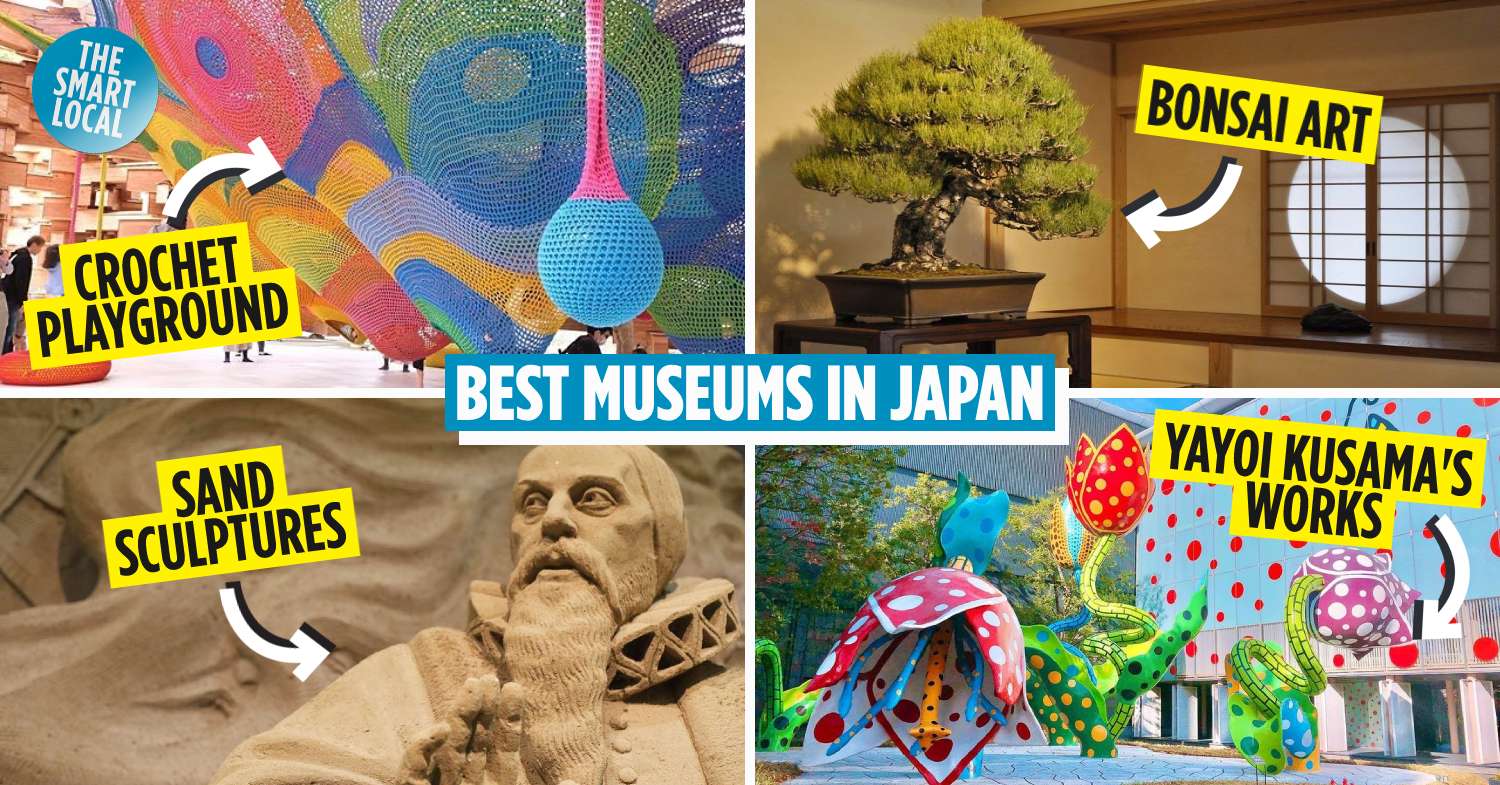Art museums in Japan
Home to over 5,700 museums, Japan undoubtedly has a thriving arts and culture scene. Be it abstract modernist sculptures or traditional Japanese paintings, there’s bound to be something that will pique your interest. Art lovers, read on to find out our curated list of the best art museums in Japan you should visit.
1. Hakone Open-Air Museum
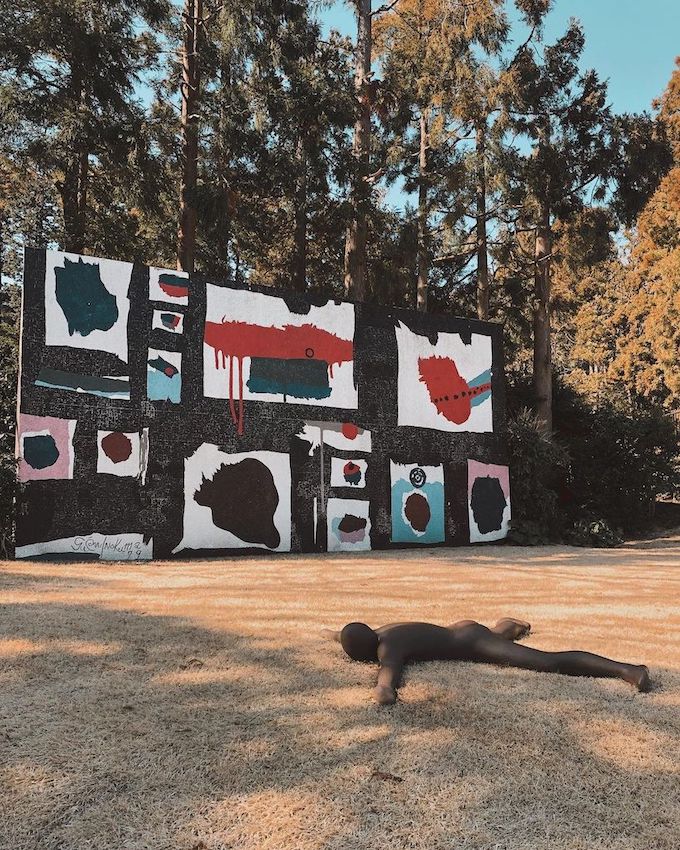
“Close” by Antony Gormley
Image credit: @alejandraakai
Though better known for its onsen, Hakone has much more to offer than just mineral-rich hot springs. The Hakone Open-Air Museum, opened in 1969, is an outdoor art museum that combines contemporary art with nature.
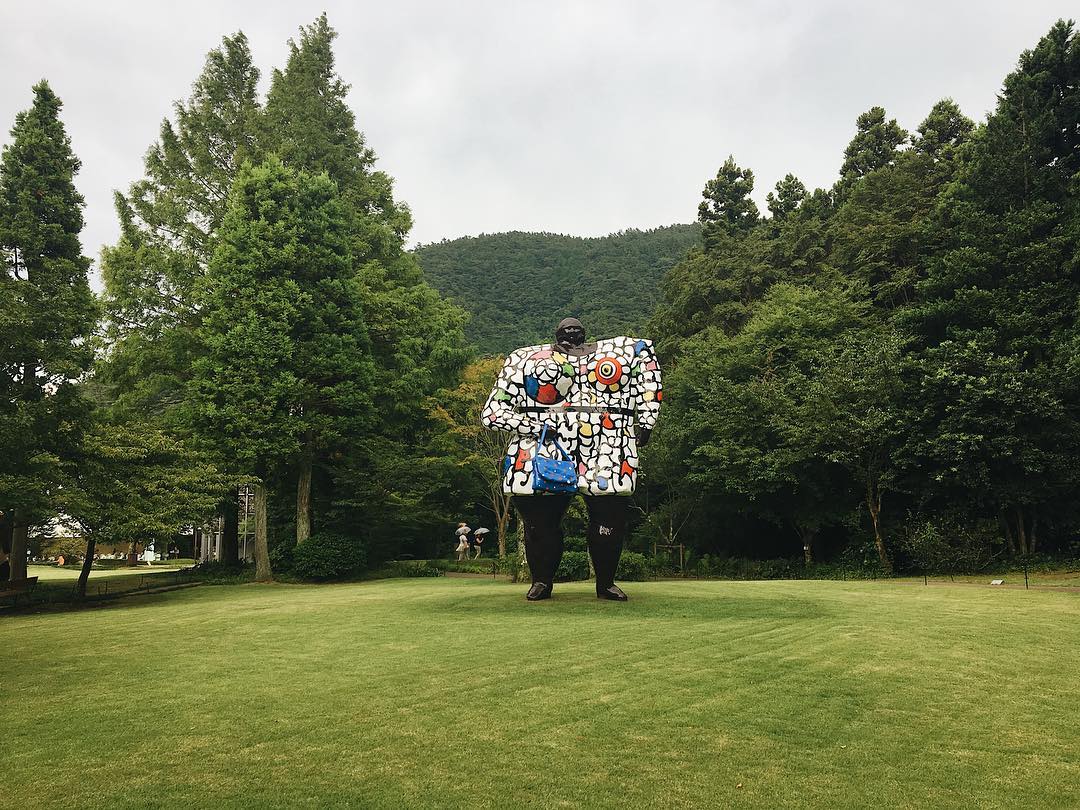
“Miss Black Power” by Niki de Saint Phalle.
Image credit: Xiu Ting Wong
The vast outdoor exhibition spans over 70,000 sqm – roughly the size of 10 football fields – and has 120 sculptures and artworks on display. Walk around the premises to take in the breathtaking view of the mountainous backdrop while admiring countless art sculptures.
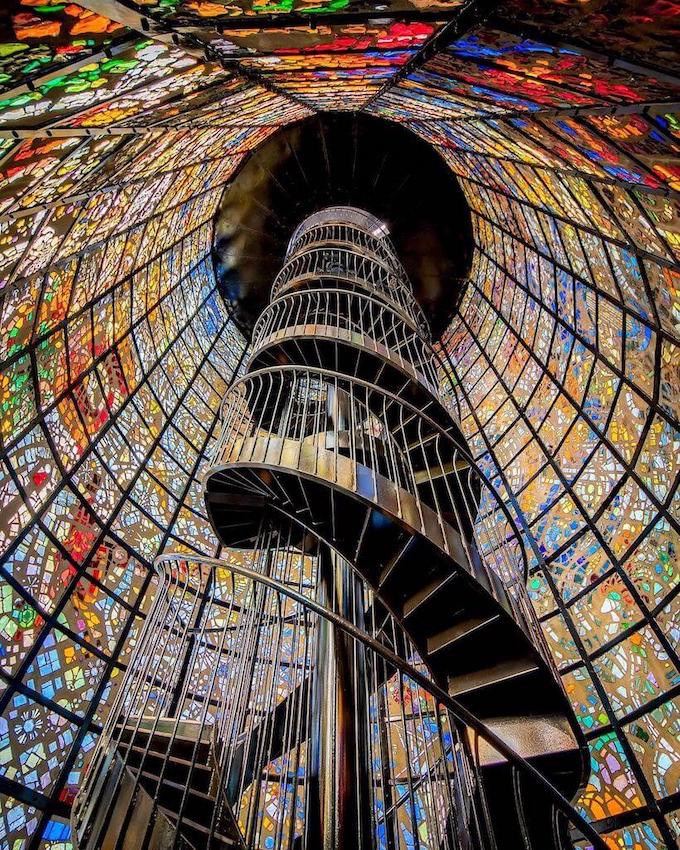
Symphonic Structure
Image credit: @takumatravel
All the sculptures here are worth seeing, but the most popular and representative of the Hakone Open-Air Museum has got to be the Symphonic Structure. Towering at 18m, the cylindrical building has stained glass lined along its perimeter and a spiral staircase in the middle.
On days with great weather, visitors will be able to see the stained glass windows in their full glory, as the natural light that shines through casts a spectrum of colour. Climb all the way to the top to get a panoramic view of the outdoor exhibition.
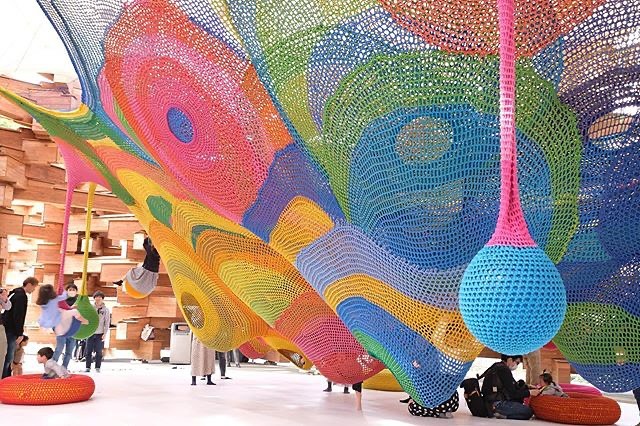
Woods of Net
Image credit: @thehakoneopenairmuseum
With numerous interactive installations, Hakone Open-Air Museum is also perfect for families. In particular, the Woods of Net installation comprises a dome-like wooden structure that’s made entirely of timber. Within the structure lies a crochet playground where children can play while parents admire the knitted art.
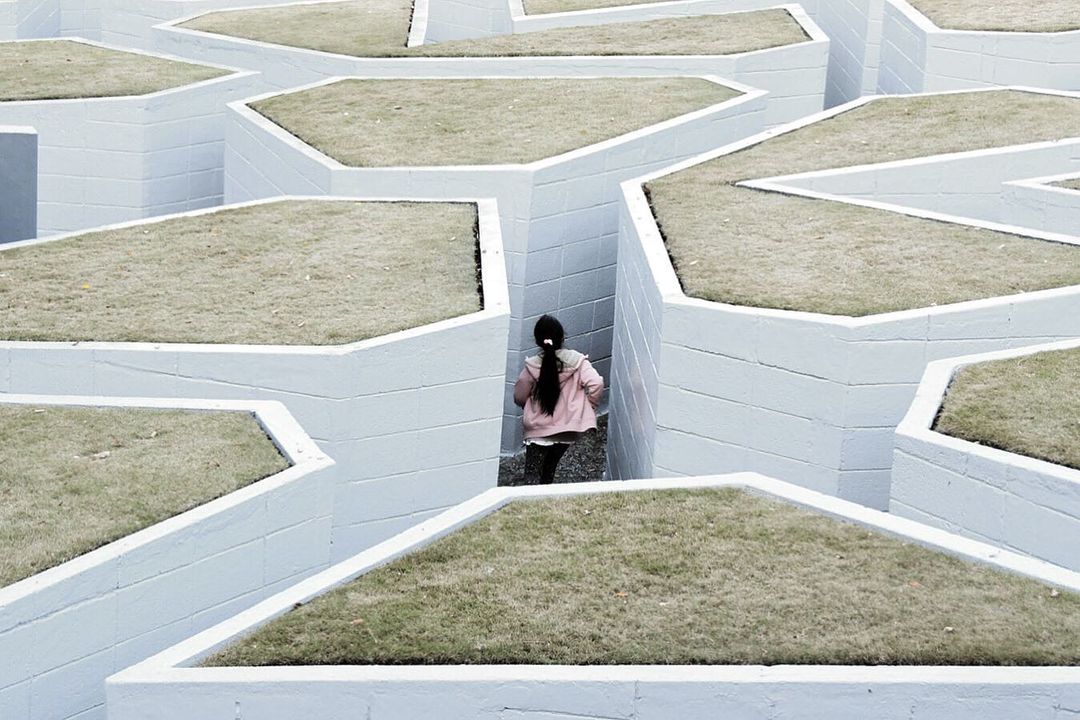
Image credit: @shirasu_03
Address: 1121 Ninotaira, Hakone, Ashigarashimo District, 250-0407, Kanagawa
Opening hours: 9AM-5PM, Daily (Last admission at 4.30PM)
Admission: ¥1,600 (~USD15.19) for adults, ¥1,200 (~USD11.39) for university and high school students, and ¥800 (~USD7.59) for middle and elementary school students
Telephone: 0460-82-1161
Website
2. 21st Century Museum of Contemporary Art
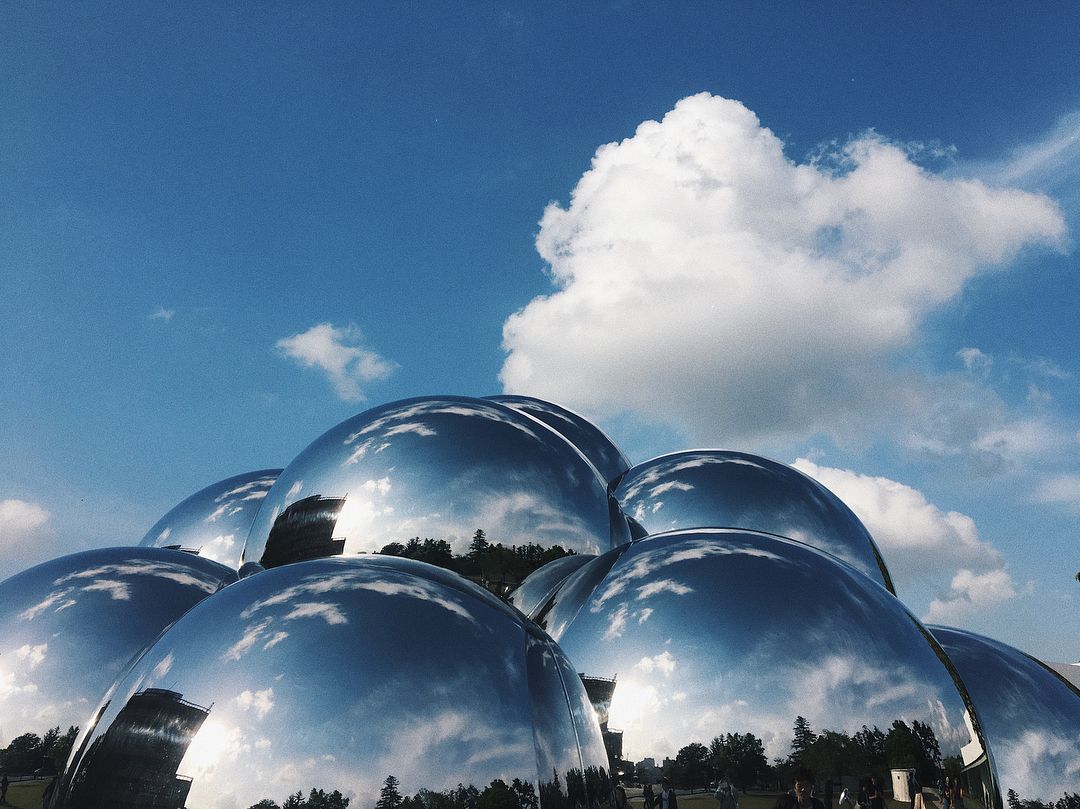
Spherical Pavilion, “MARU”.
Image credit: Xiu Ting Wong
One of Japan’s most popular art museums, Kanazawa’s 21st Century Museum of Contemporary Art contains interactive installations and art exhibitions by both local and international contemporary artists.
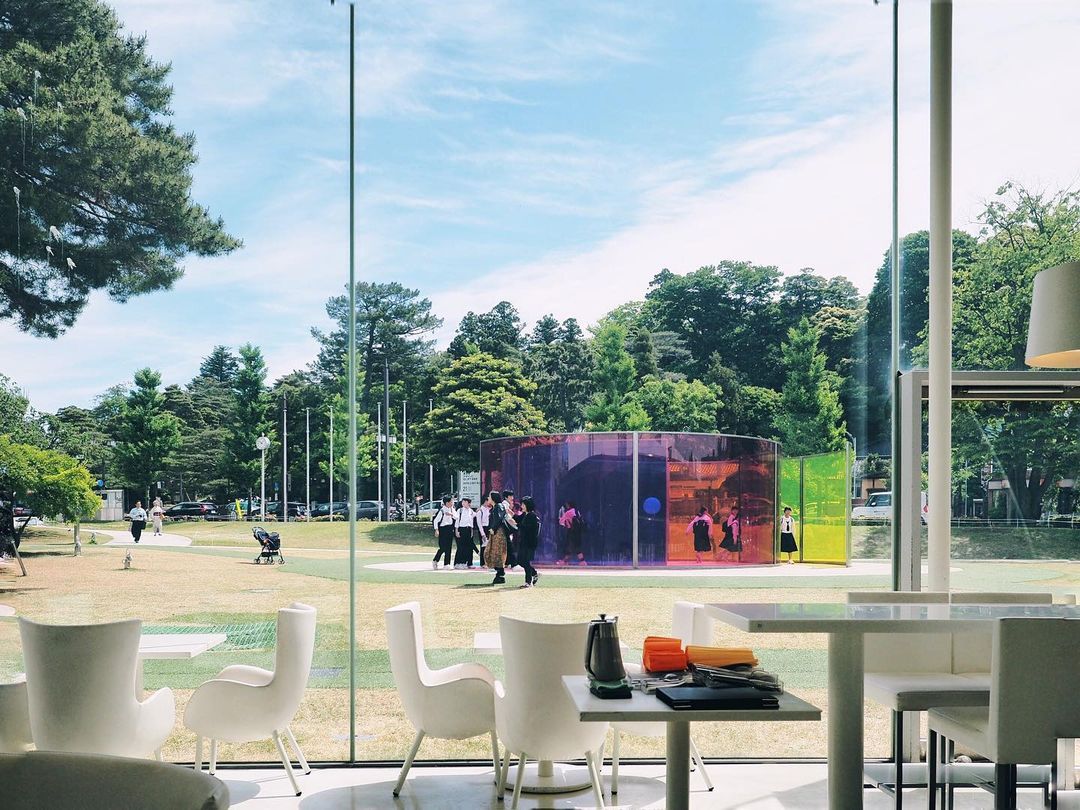
Image credit: @lifuwang
When you first arrive at the museum, you may be confused as to where the main entrance is. The innovative circular building has four entrances all facing different directions – north, south, east, and west. This was done intentionally to encourage visitors to approach the building, as well as contemporary art, from different directions and perspectives.
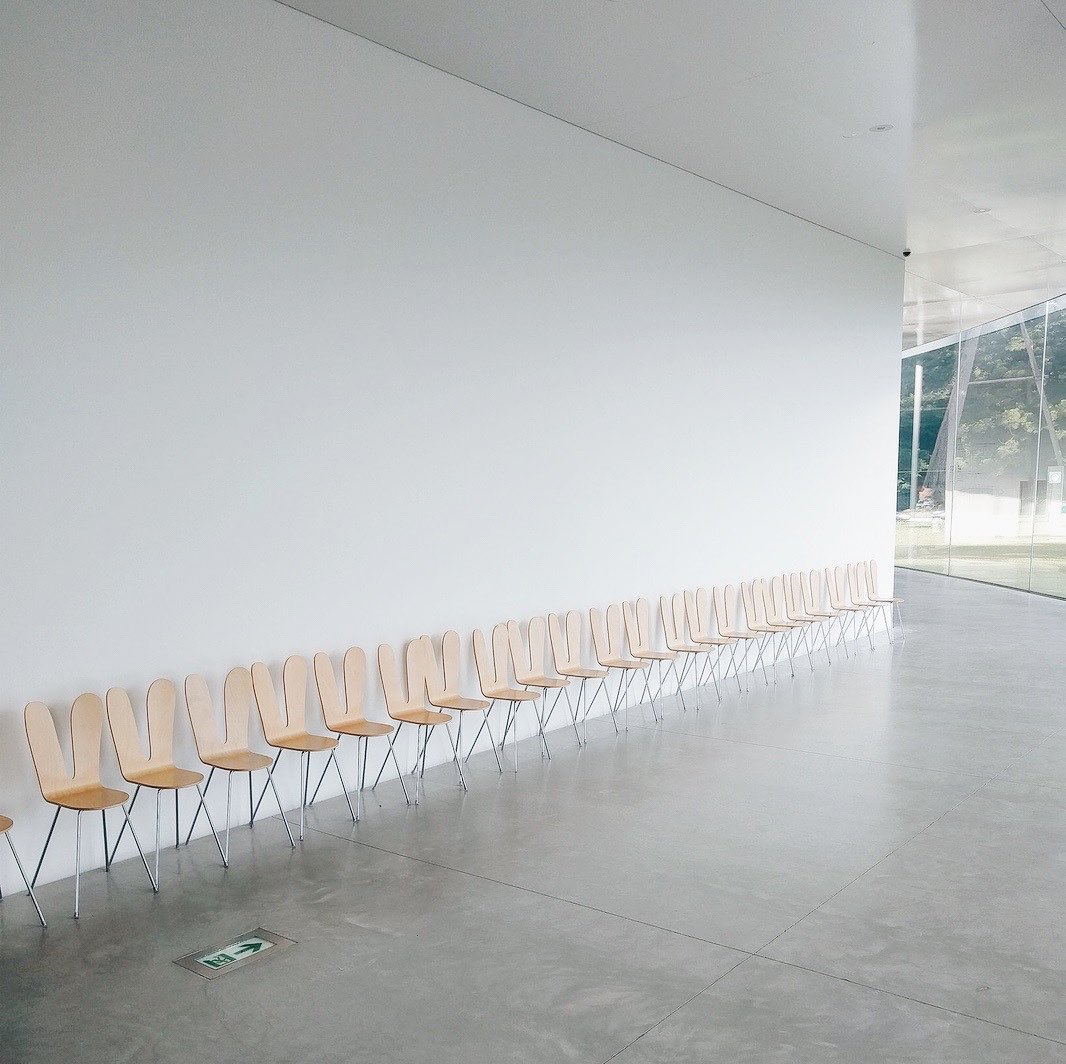
Image credit: @kazuugram__
There are two zones – the Public and Exhibition Zone. Free for all to visit, the former is an outdoor lawn area with a number of sculptures on display. On the other hand, the ticketed Exhibition Zone features both permanent art features and a rotation of temporary exhibitions.
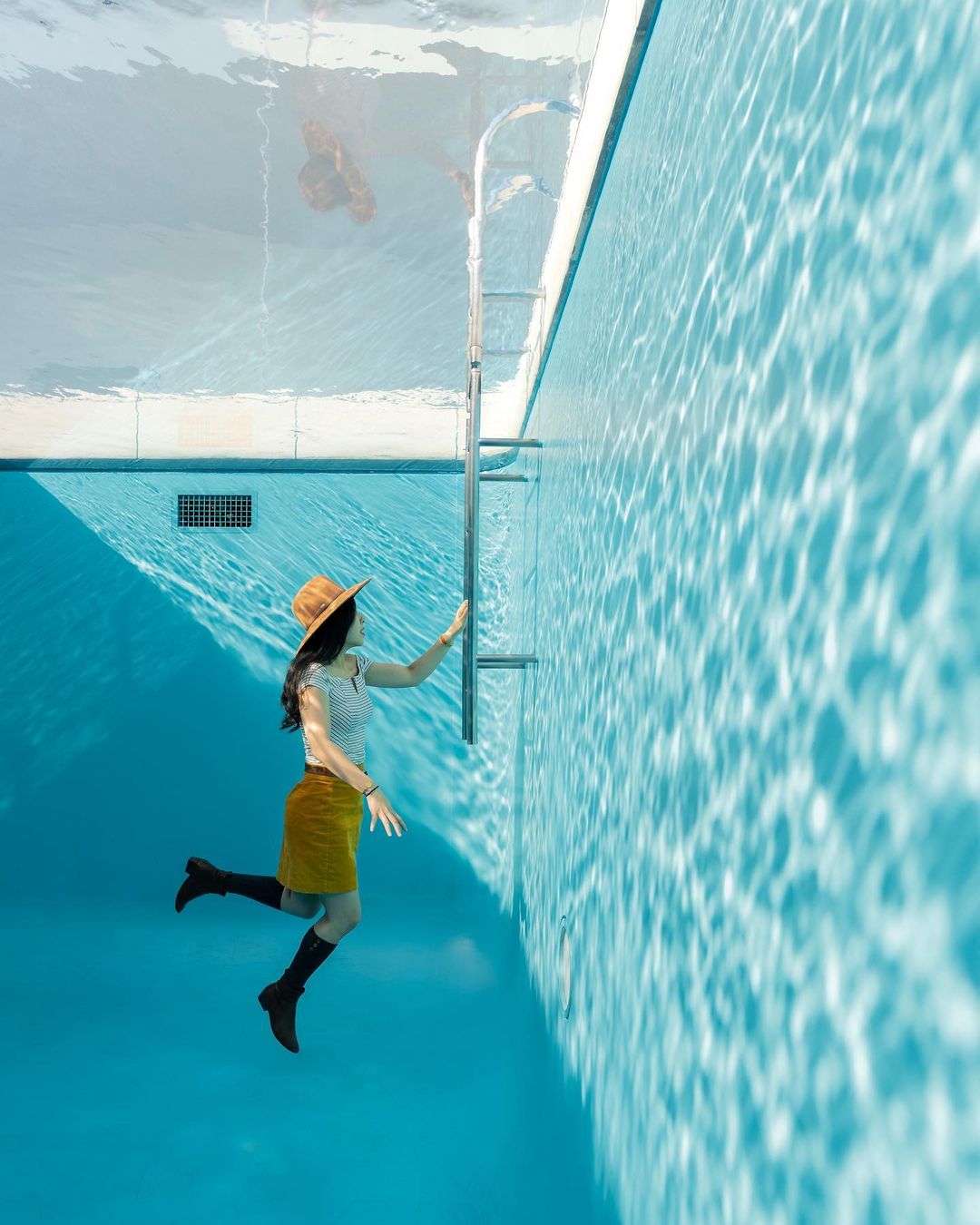
“Swimming Pool” by Leandro Erlich.
Image credit: @edrick.mark
Most visitors make it a point to visit Leandro Erlich’s Swimming Pool. Installed in 2004, the fake swimming pool by the renowned Argentinian artist looks particularly realistic when viewed from the courtyard
On sunny days, sun rays shine through the glass panel and cast faint “water ripples”, heightening the illusion of really being underwater.
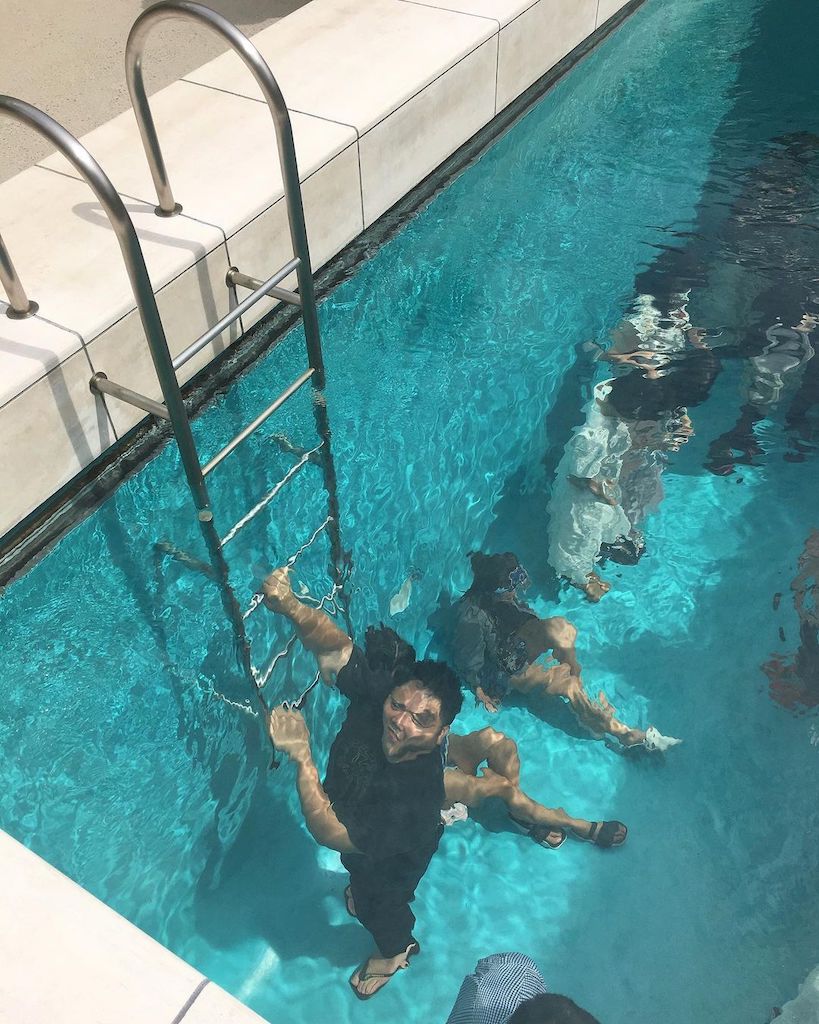
Image credit: @ivi5w
On weekends and during peak hours, the museum can get swamped with visitors. Hence, we recommend heading over in the morning, right when it opens, in order to avoid the crowd.
Address: 1 Chome-2-1 Hirosaka, Kanazawa, 920-8509, Ishikawa
Exhibition Zone’s opening hours: Sun – Thur 10AM-6PM (Closed on Mondays and New Year Holidays) | Fri & Sat 10AM-8PM
Public Zone’s opening hours: 9AM-10PM, Daily (Closed on New Year Holidays)
Admission: Free for Public Zone, but a ticket is required to enter the Exhibition Zone. Ticket prices vary depending on the ongoing exhibitions.
Telephone: 0762-20-2800
Website
3. Chichu Art Museum
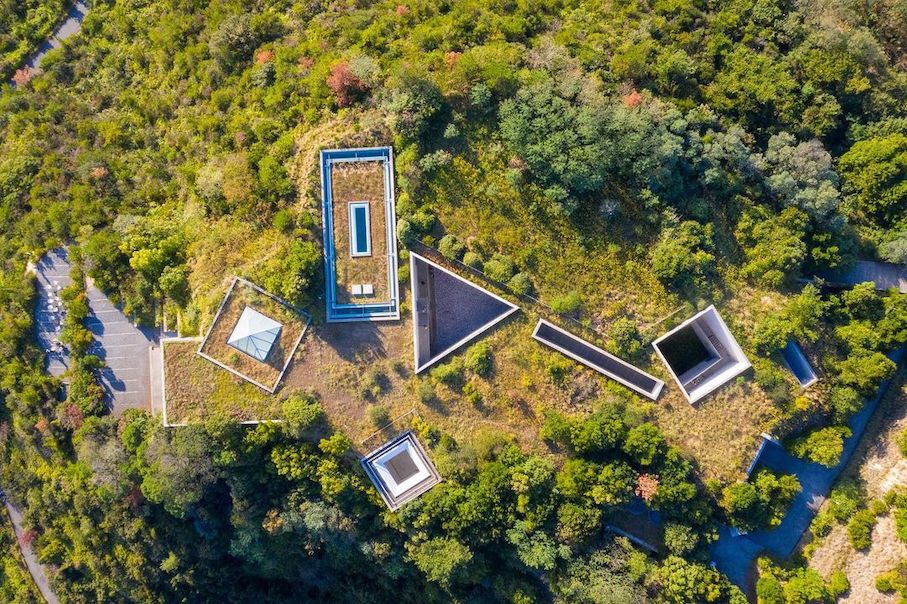
Image credit: @tadatomo.jp
Literally translated as “the museum in the ground” (地中美術館), Chichu Art Museum is located on the hilly southern side of Naoshima.
In order to protect and preserve the surrounding natural landscapes, the entire museum is built underground, except for geometrical openings that peep through the ground. The ingenious architecture is the brainchild of Tadao Ando, an award-winning Japanese architect.
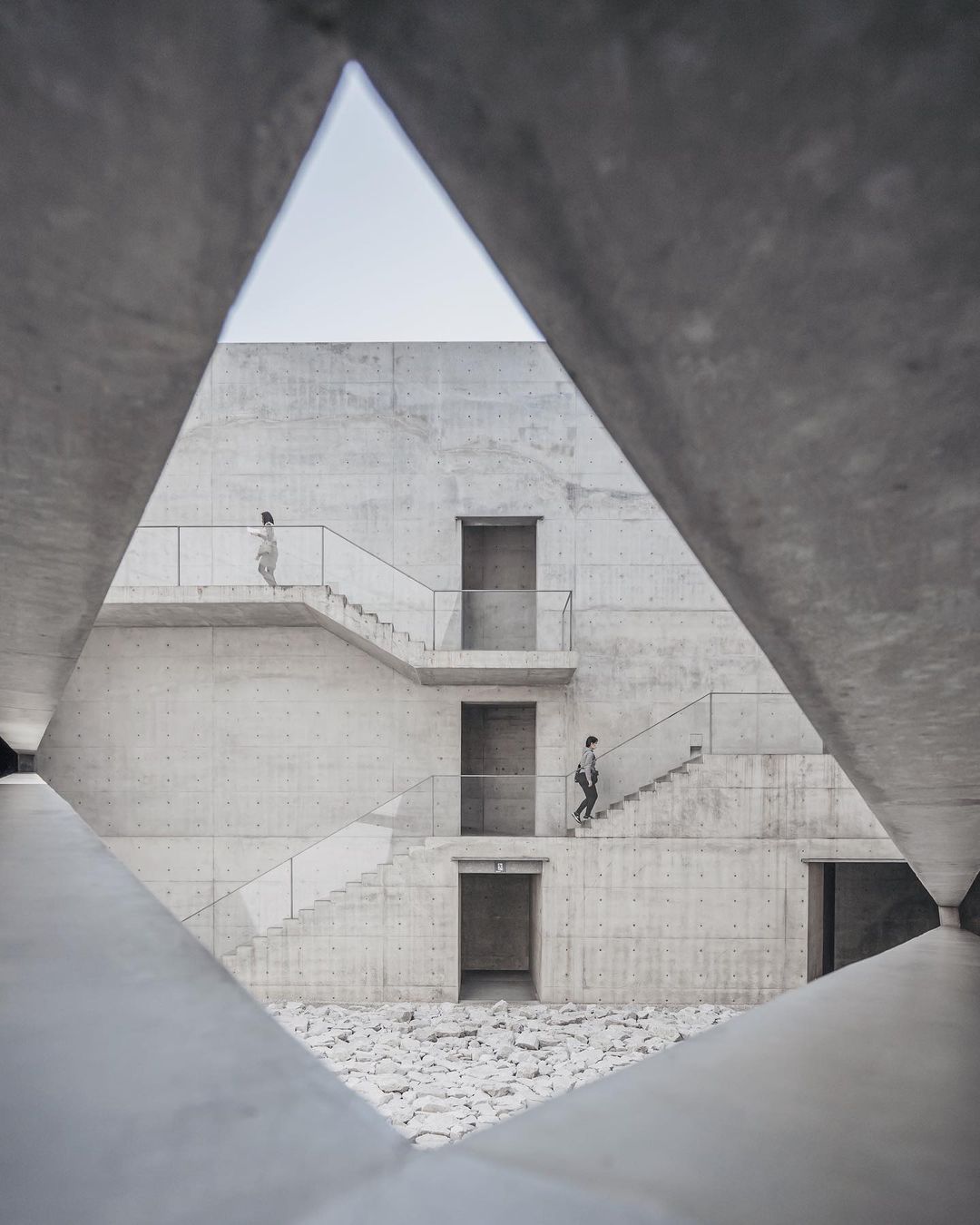
Image credit: @yy.jpg
Thanks to the openings, which are interspersed around the museum’s premise, natural light fills the museum even though it’s underground. Depending on the time of the day and how the light falls on the artworks, their appearance can change. Thus, many consider the architecture to be a work of art itself.
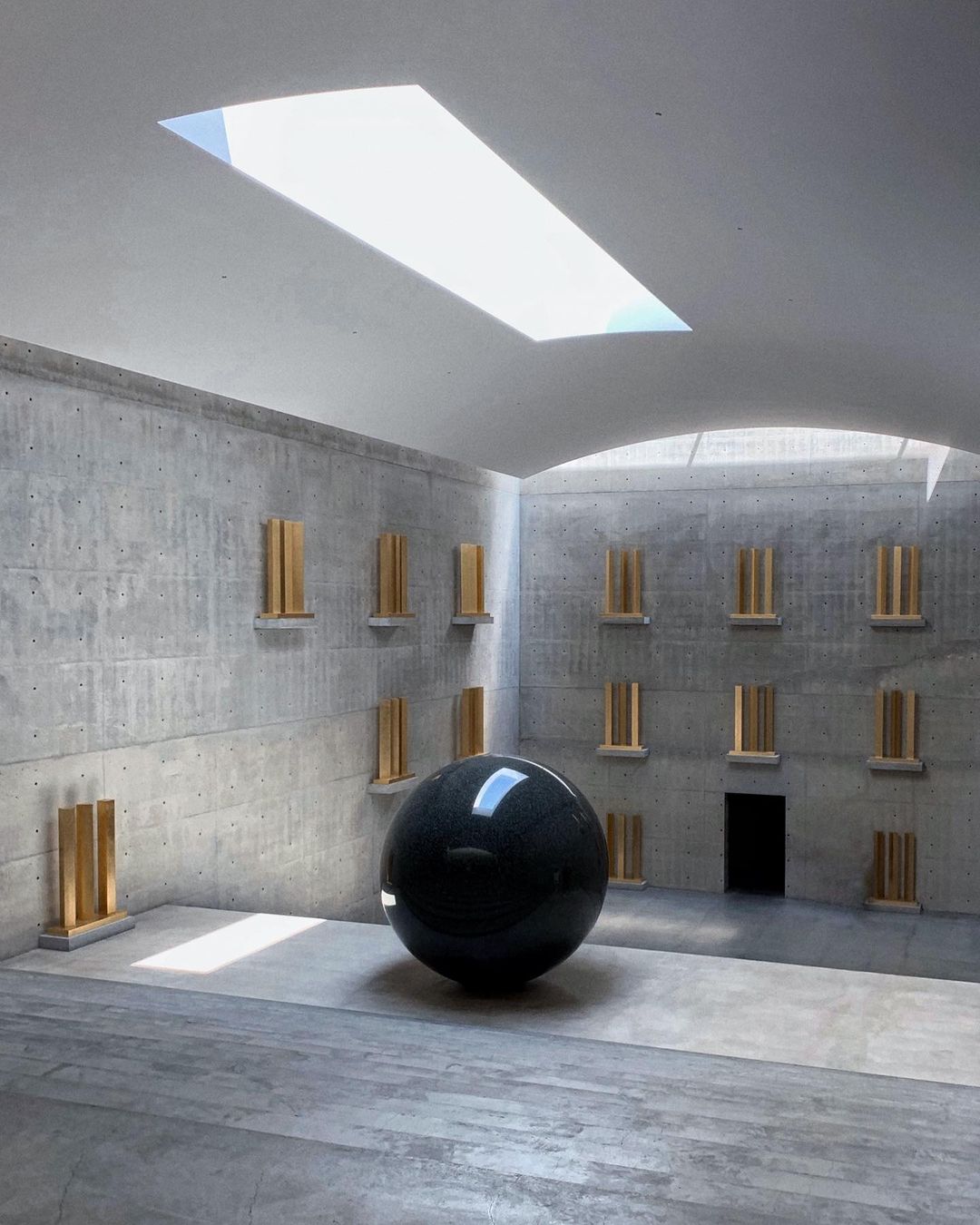
“Time/Timeless/No Time” by Walter De Maria.
Image credit: @jed.zhu
Chichu Art Museum permanently features works by three different artists – impressionist artist Claude Monet, sculptor Walter de Maria, and James Turrell, who specialises in creating art with light.
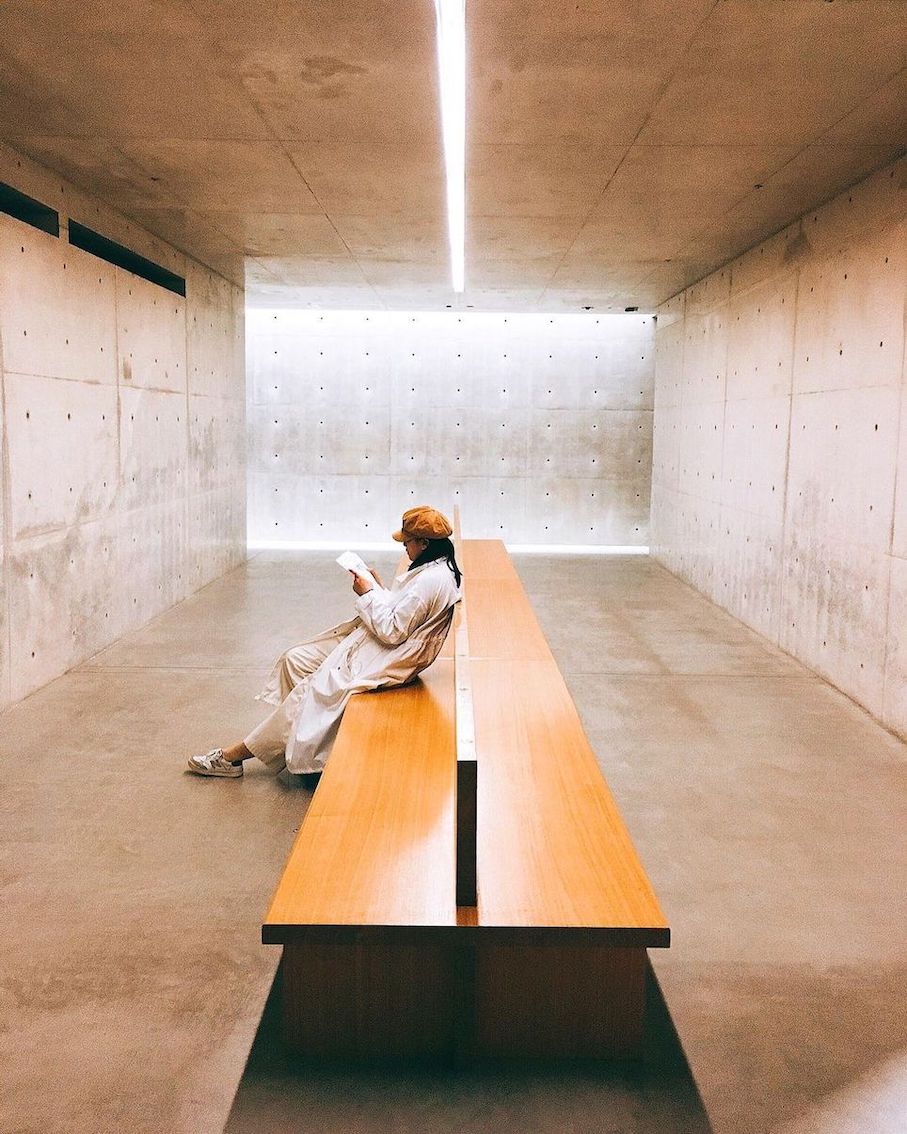
Image credit: @by.ovo
Reservation has to be made in advance if you want to visit the museum, so make sure to buy your tickets online beforehand. If you visit without having made a reservation, you may have to wait for available slots or even risk making a wasted trip.
Address: 3449-1, Naoshima, Kagawa District, 761-3110, Kagawa
Opening hours: Tue – Sun 10AM-6PM (Closed on Mondays) (Mar-Sept) | Tue – Sun 10AM-5PM (Closed on Mondays) (Oct-Feb)
Admission: ¥2,100 (~USD19.87) for adults, free for children aged 15 years old and under
Telephone: 0878-92-3755
Website
4. Matsumoto City Museum of Art
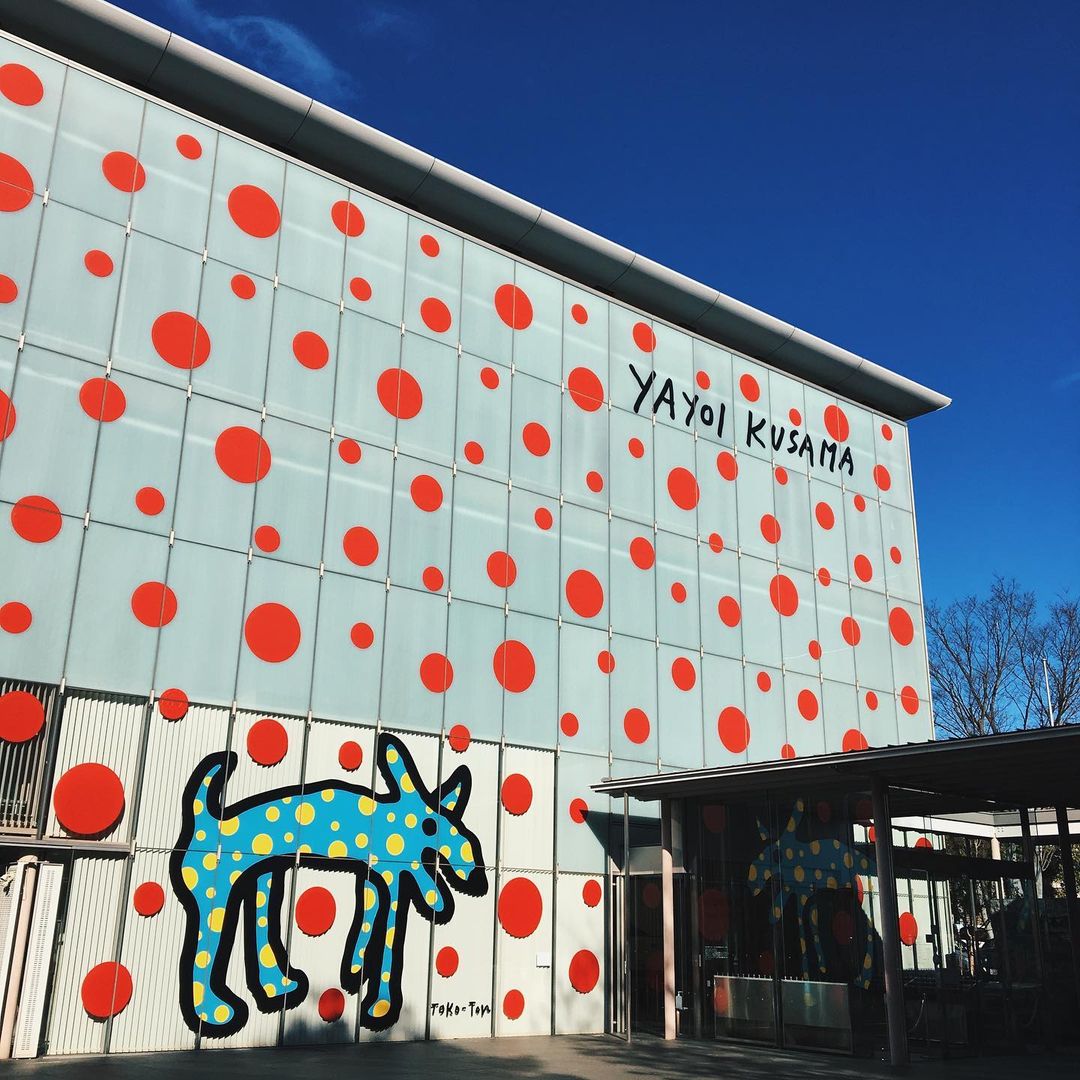
Image credit: Xiu Ting Wong
Prolific polka dot artist Yayoi Kusama now sees her works on display in museums all over the world, but her hometown, Matsumoto, is where it all began. You’ll have no problem spotting the Matsumoto City Museum of Art as the building’s facade is covered entirely in striking red polka dots.
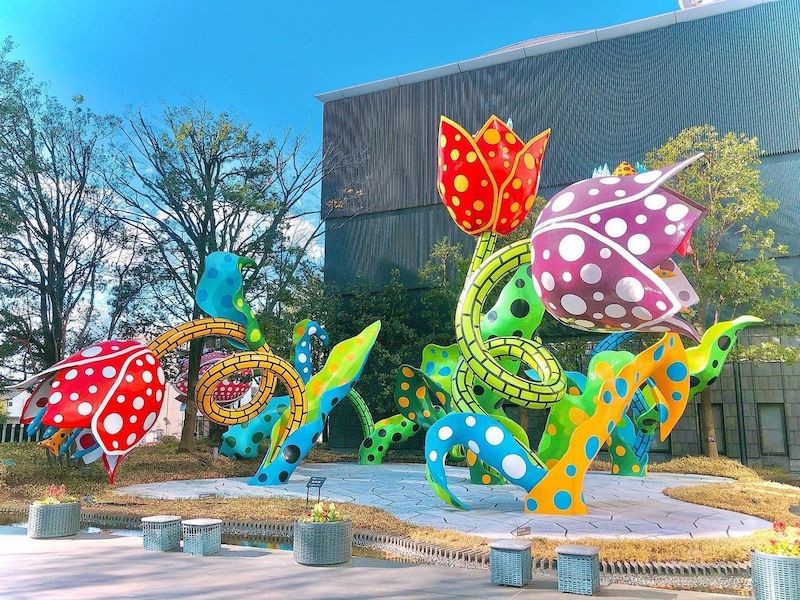
Image credit: @now_se
The museum dedicates most of its space to the works of the Matsumoto-born artist. Right next to the entrance, you’ll be greeted by a prominent tulip sculpture.
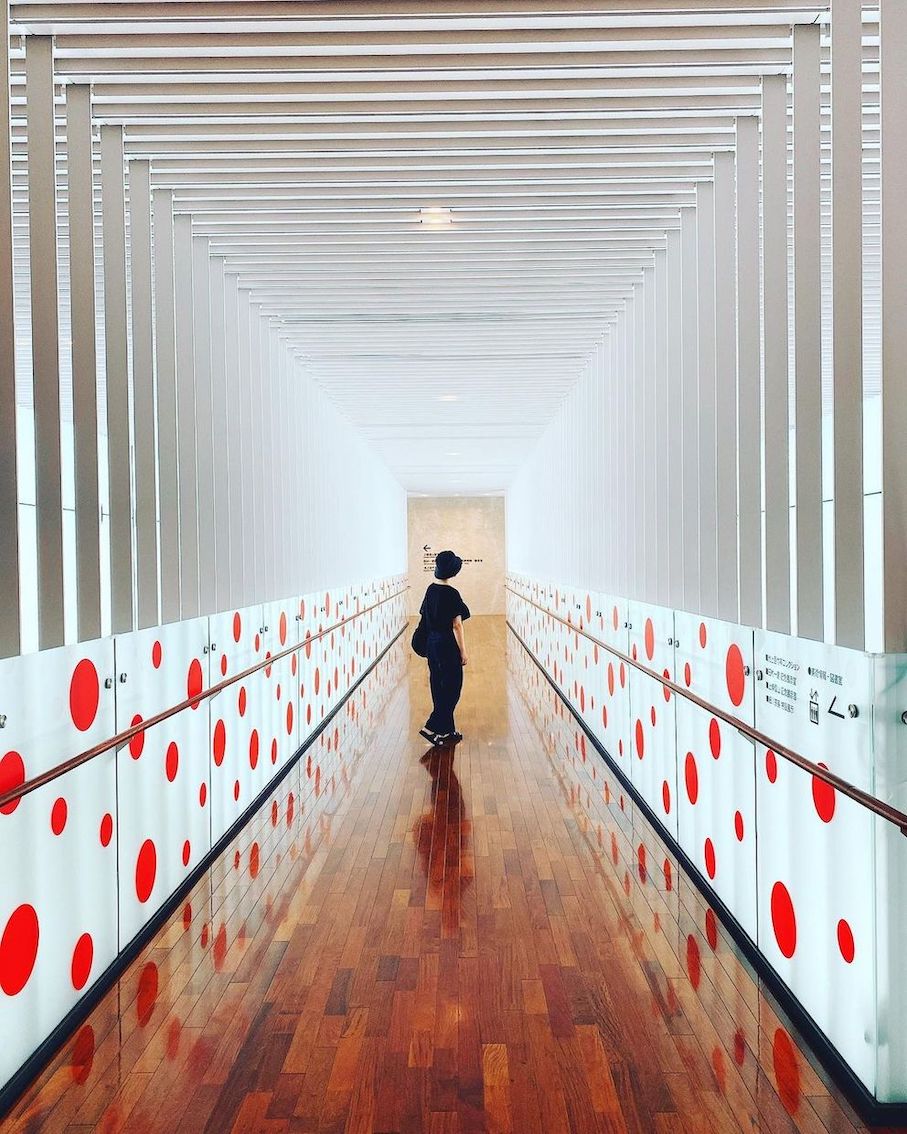
Image credit: @mkmssk
A collection of her works, including her most famous yellow-spotted pumpkin sculpture, are housed in a permanent exhibition titled Yayoi Kusama: The Place For My Soul.
Besides celebrating the vivid motifs of Yayoi Kusama, various exhibitions that feature other local artists, such as contemporary painter Tamura Kazuo and Nagano-born calligrapher Kamijo Shinzan, are also held throughout the year.
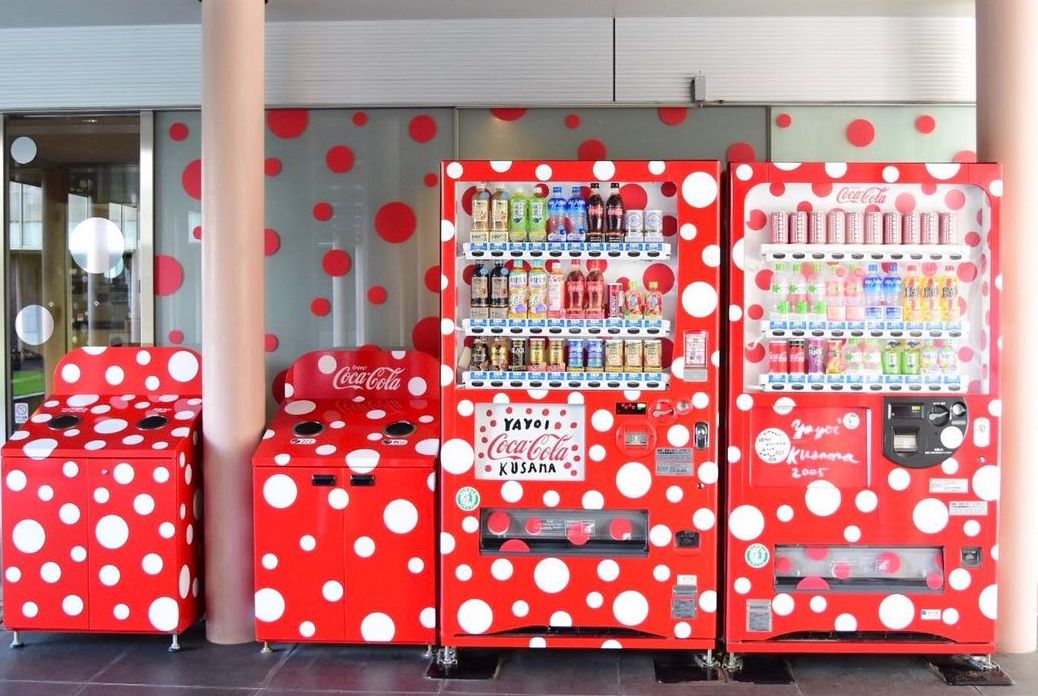
Image adapted from: @kumik_ap
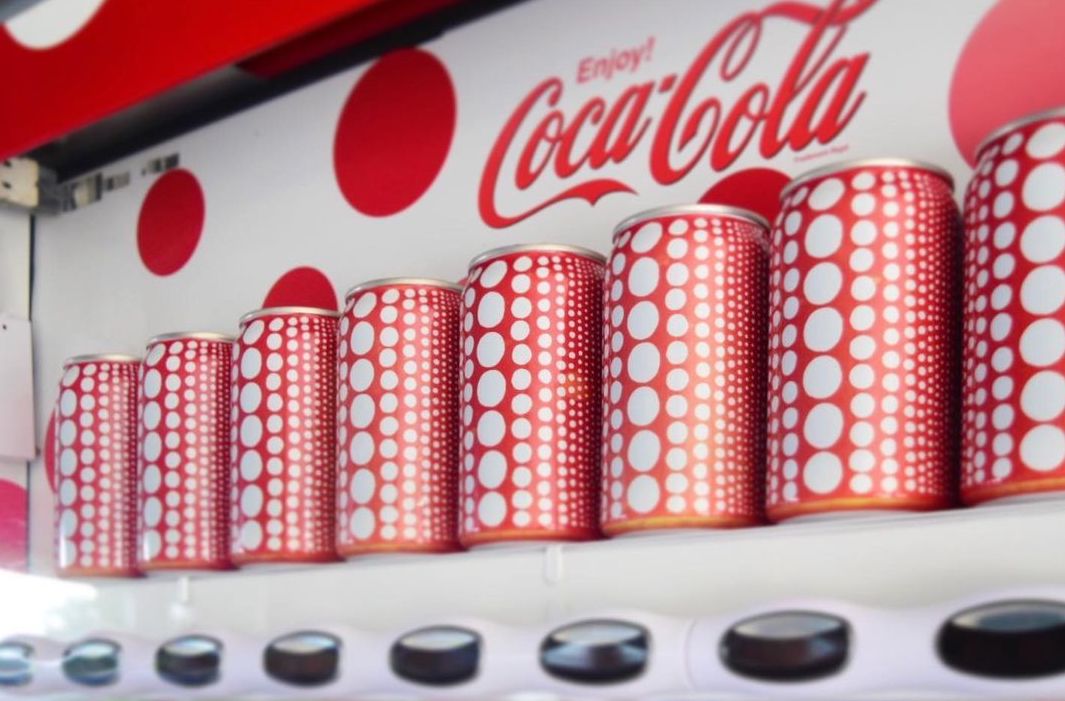
Image adapted from: @kumik_ap
After you’ve finished looking through the exhibitions, search for vending machines that are decorated with Kusama’s signature polka dots. The vending machine sells collectibles in the form of Coca-Cola cans covered in polka dots.
Do note that the museum has been undergoing renovation works since 1st April 2021. It’s expected to last for a year.
Address: 4 Chome-2-22 Central, Matsumoto, 390-0811, Nagano
Opening hours: Tue – Sun 9AM-5PM (Closed on Mondays, Year-End, and New Year Holidays)
Admission: ¥410 (~USD3.88) for adults; ¥200 (~USD1.89) for university and high school students
Telephone: 0263-39-7400
Website
5. Towada Art Centre
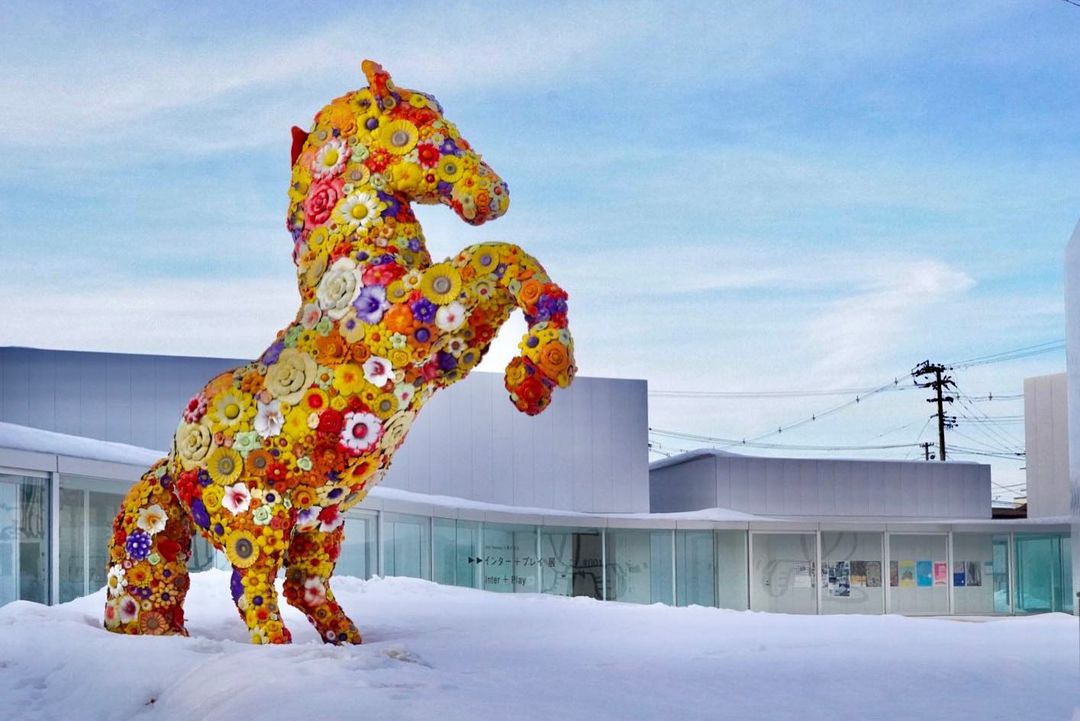
“Flower Horse” by Choi Jeonghwa.
Image credit: @naconaco6d
In a bid to promote the arts and attract more visitors to Towada City, Towada Art Centre opened its doors in 2008.
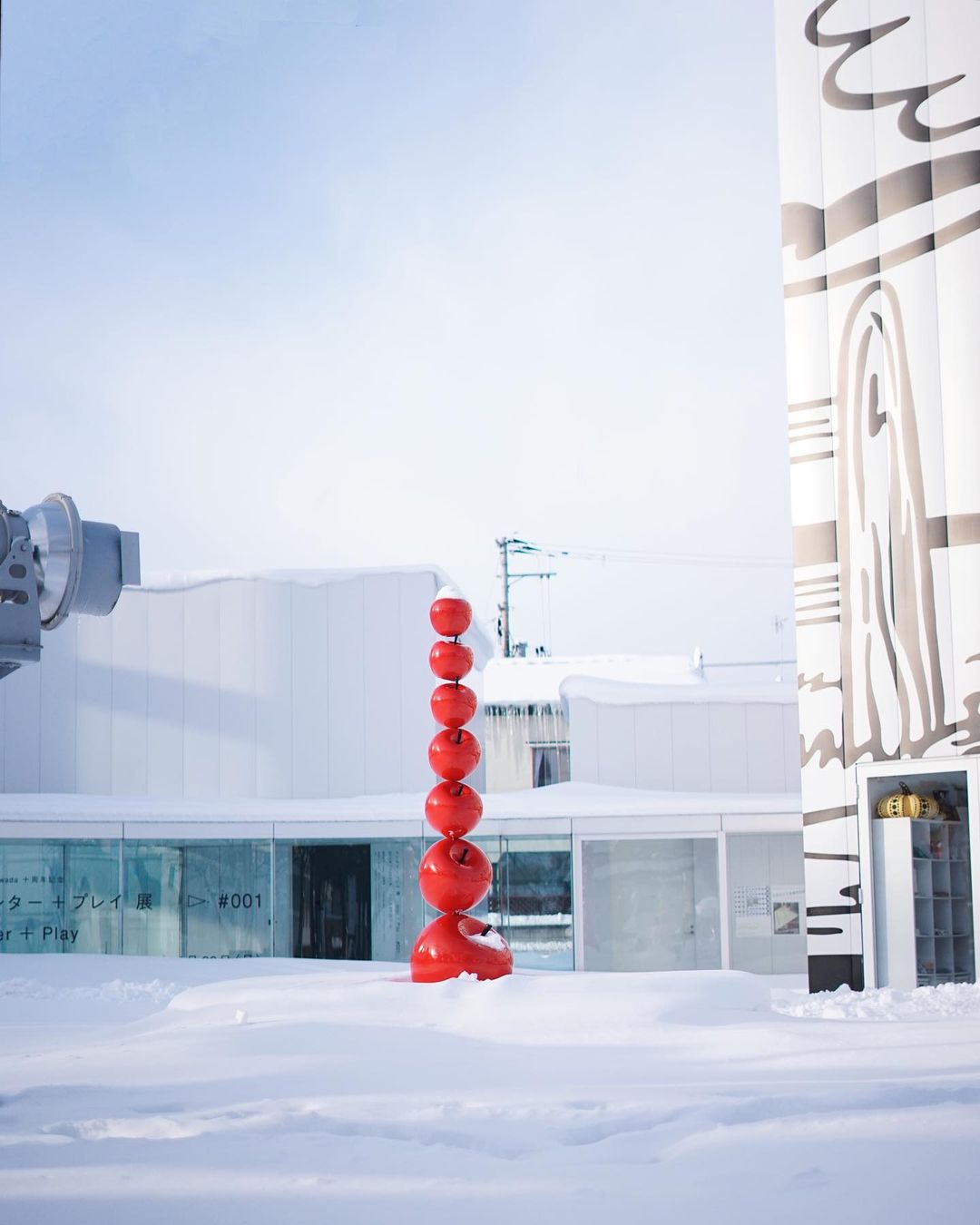
Image credit: @jjjhhhmsrk
Located in Aomori Prefecture, the contemporary art museum houses 41 artworks by 36 local and international contemporary artists. The works, which are specially commissioned for Towada Art Centre, are displayed in individual exhibition rooms with floor-length windows facing the street. These street-facing windows allow passersby to catch a glimpse of the artworks.
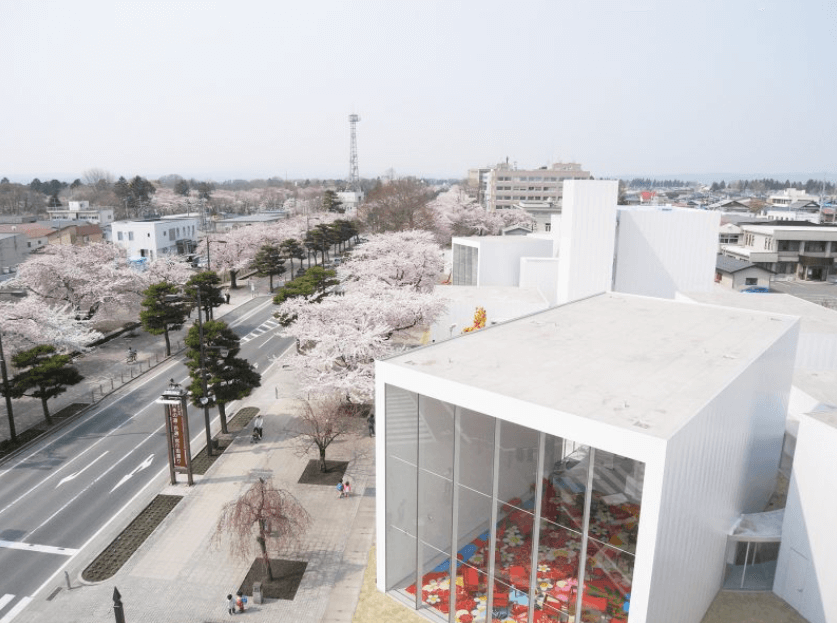
Image adapted from: Towada Art Center
The art installations are not only placed inside the museum’s building, but also dotted around outdoors. Additionally, colourful pieces of furniture are placed at various spots along the street, revitalising and transforming the cityscape into an open-air art gallery.
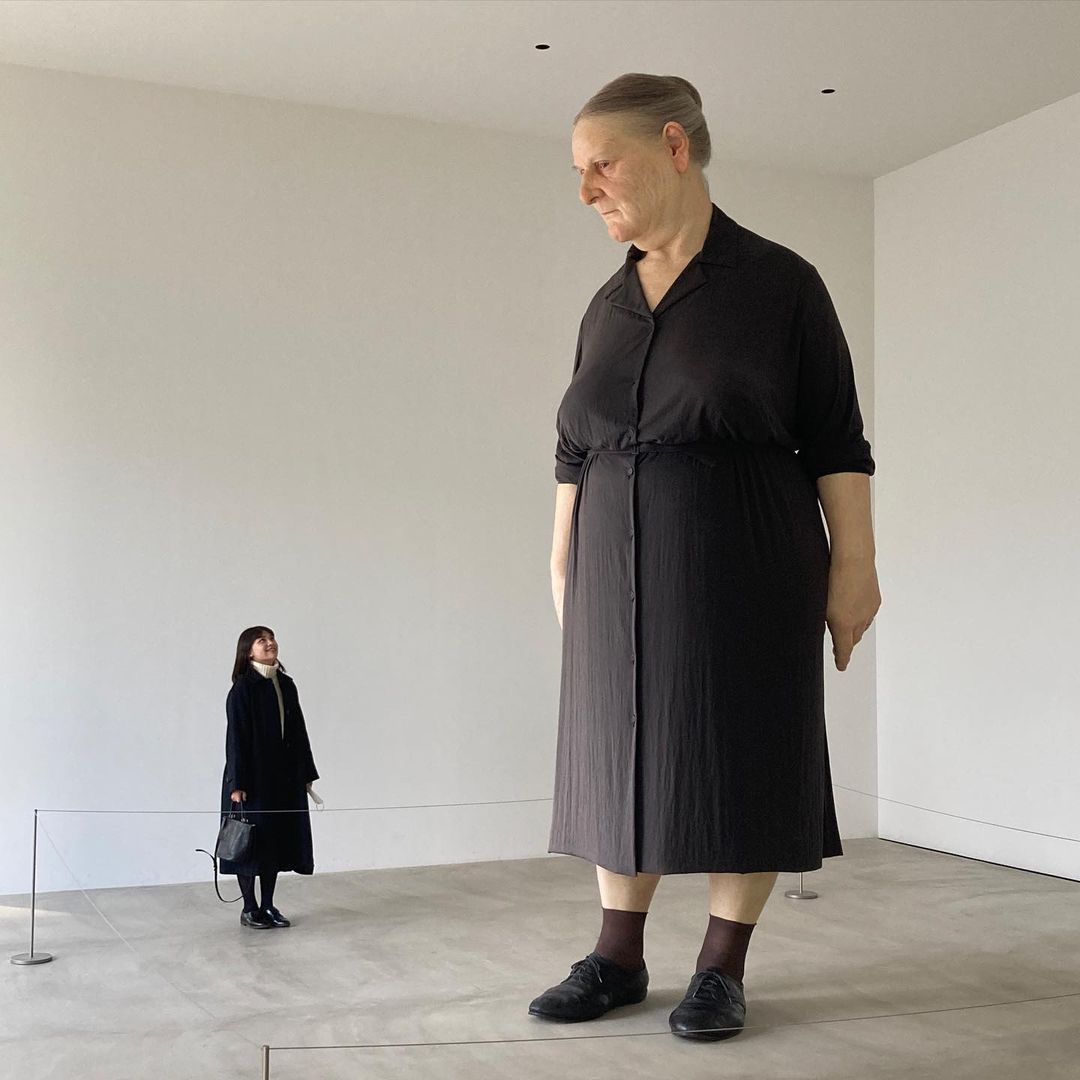
“Standing Woman” by Ron Mueck.
Image credit: @yeonvely93
Of the many large scale installations, Ron Mueck’s Standing Woman is particularly well-received by visitors. The Australian artist’s enormous 4m-tall statue of an unnamed woman is hyperrealistic, right down to her hair follicles and skin pigment.
Depending on the natural lighting and the angle from which one views the artwork, the statue is said to show varying facial expressions. Creepy, but cool.
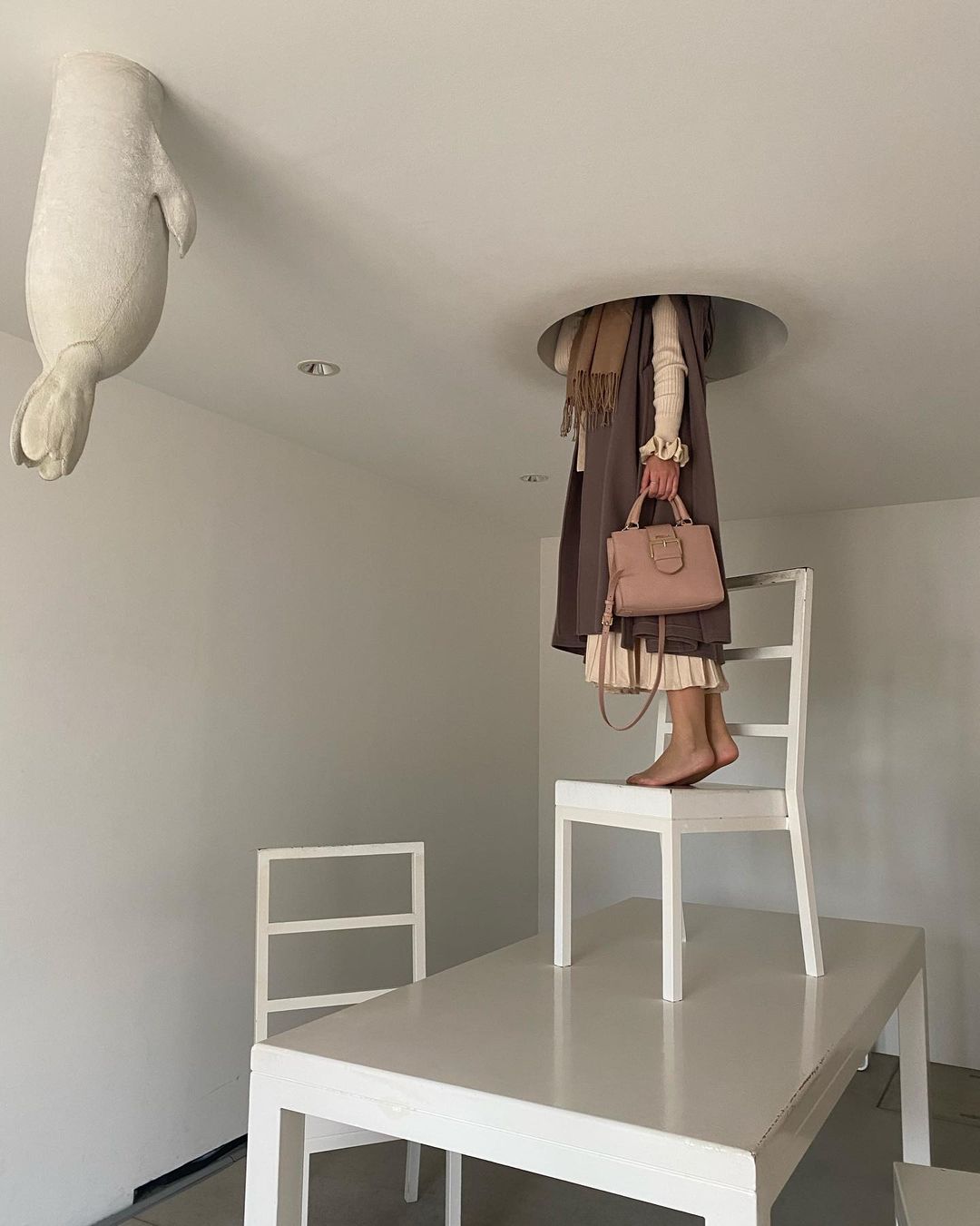
“Sumpf Land” by Takashi Kuribayashi
Image credit: @_m0705y
Even if you’re someone who finds contemporary art too abstract or elusive, you’d have a blast spending the afternoon browsing through creative sculptures at Towada Art Centre.
Address: 10-9 Nishi-Nibancho, Towada, 034-0082, Aomori
Opening hours: Tue – Sun 9AM-5PM (Closed on Mondays)
Admission: ¥520 (~USD4.92) for permanent exhibitions, ¥800 (~USD7.57) for special exhibitions, ¥1,200 (~USD11.35) for both
Telephone: 0176-20-1127
Website
6. Miho Museum
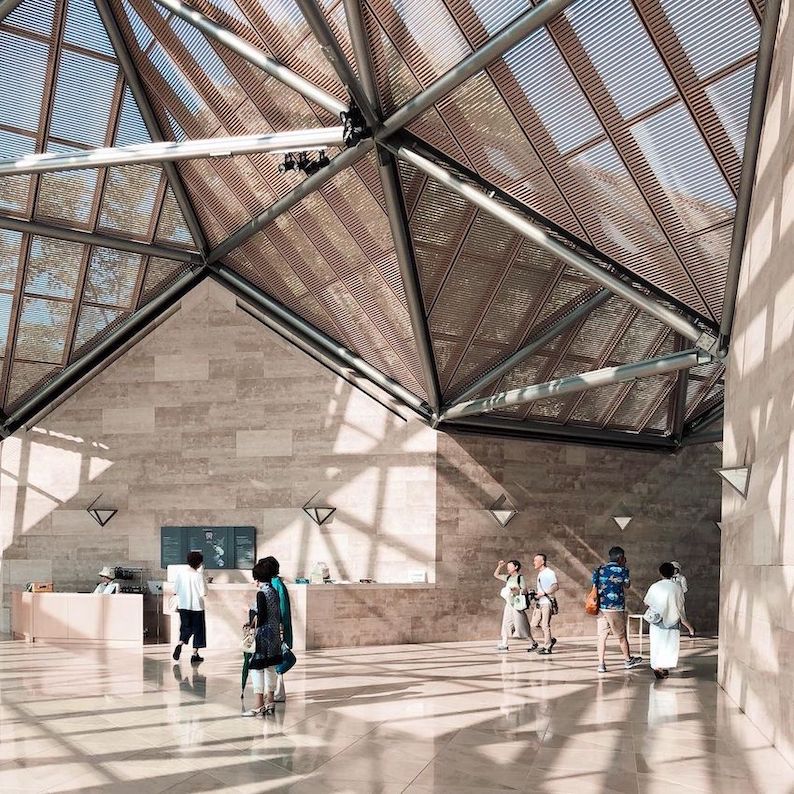
Image credit: @yuki____bori
Miho Museum is a private art museum that’s located in Koka, a rural city in Shiga Prefecture. It’s owned by Mihoko Koyama, who was one of the richest women in Japan. Like the Chichu Art Museum, the majority of the Miho Museum building was intentionally built underground to preserve the surrounding forest landscape.
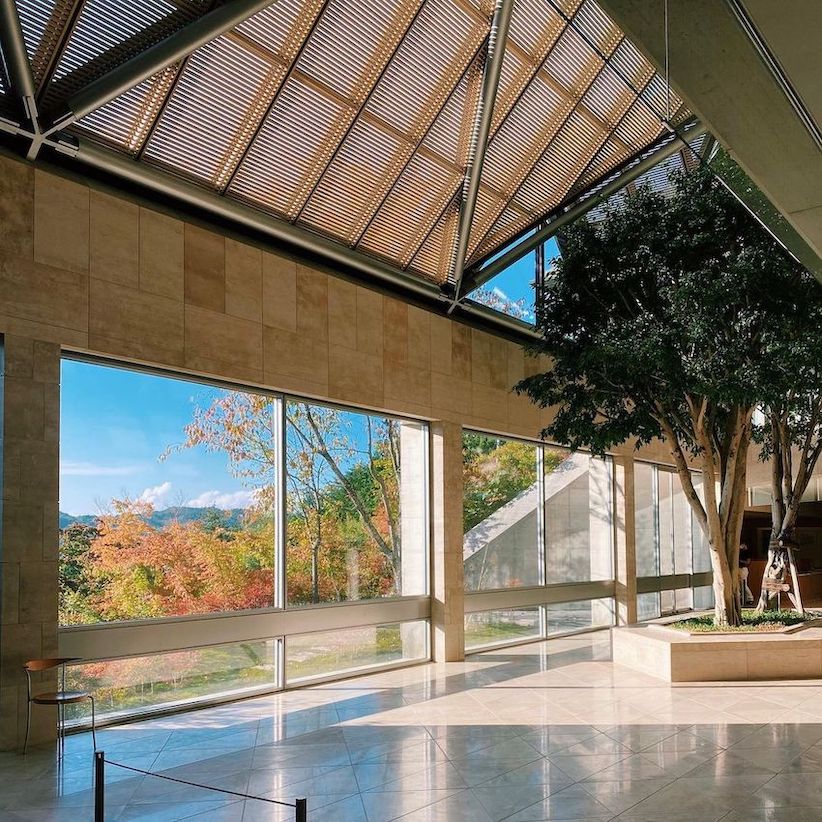
Image credit: @e___da__
The museum showcases part of the founder’s collection, including exquisite works from various regions such as Greece, Rome, and Egypt. Art lovers consider it to be one of the finest private art collections in Japan.
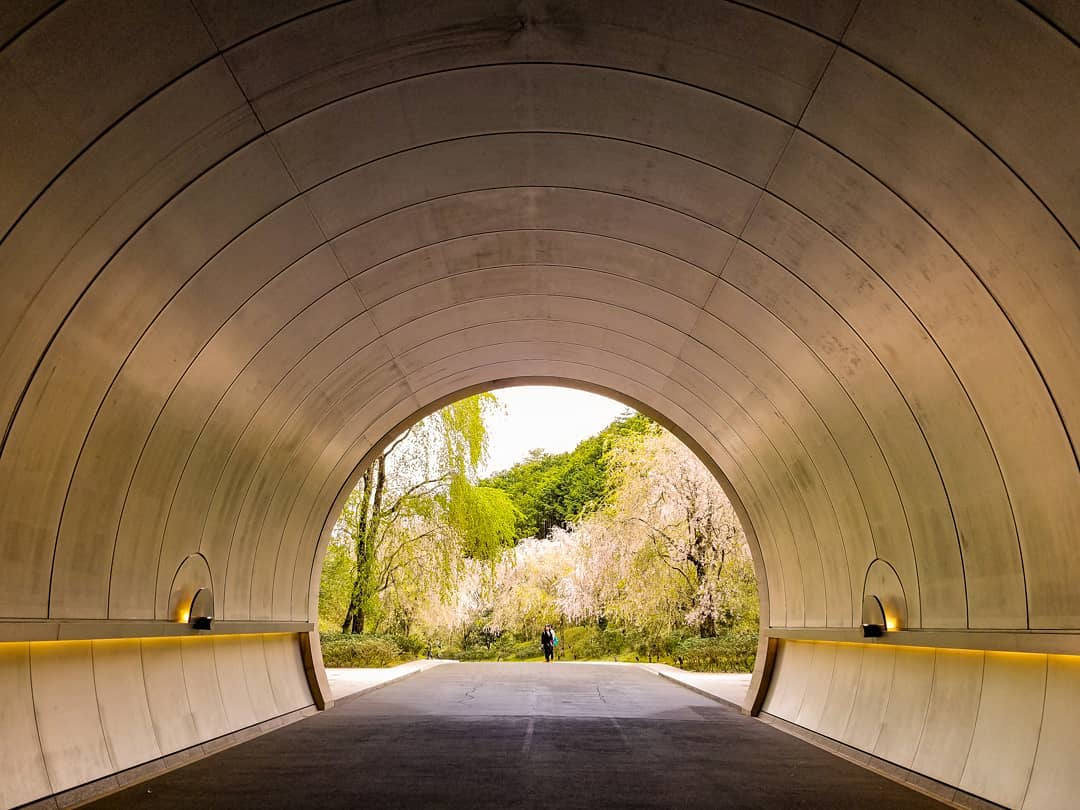
Image credit: @wingy_h
From the reception building, visitors go through a tunnel designed by I.M. Pei, a revered architect who is best known for designing the iconic glass pyramid at the Louvre.
Thanks to a special sheet that’s attached to the surface of the tunnel’s interior, the underpass captures faint light exceptionally well. Soft washes of colours from the surrounding mountains and greenery are reflected and cast onto the surface of the tunnel, transforming it into a work of art that changes with the seasons.
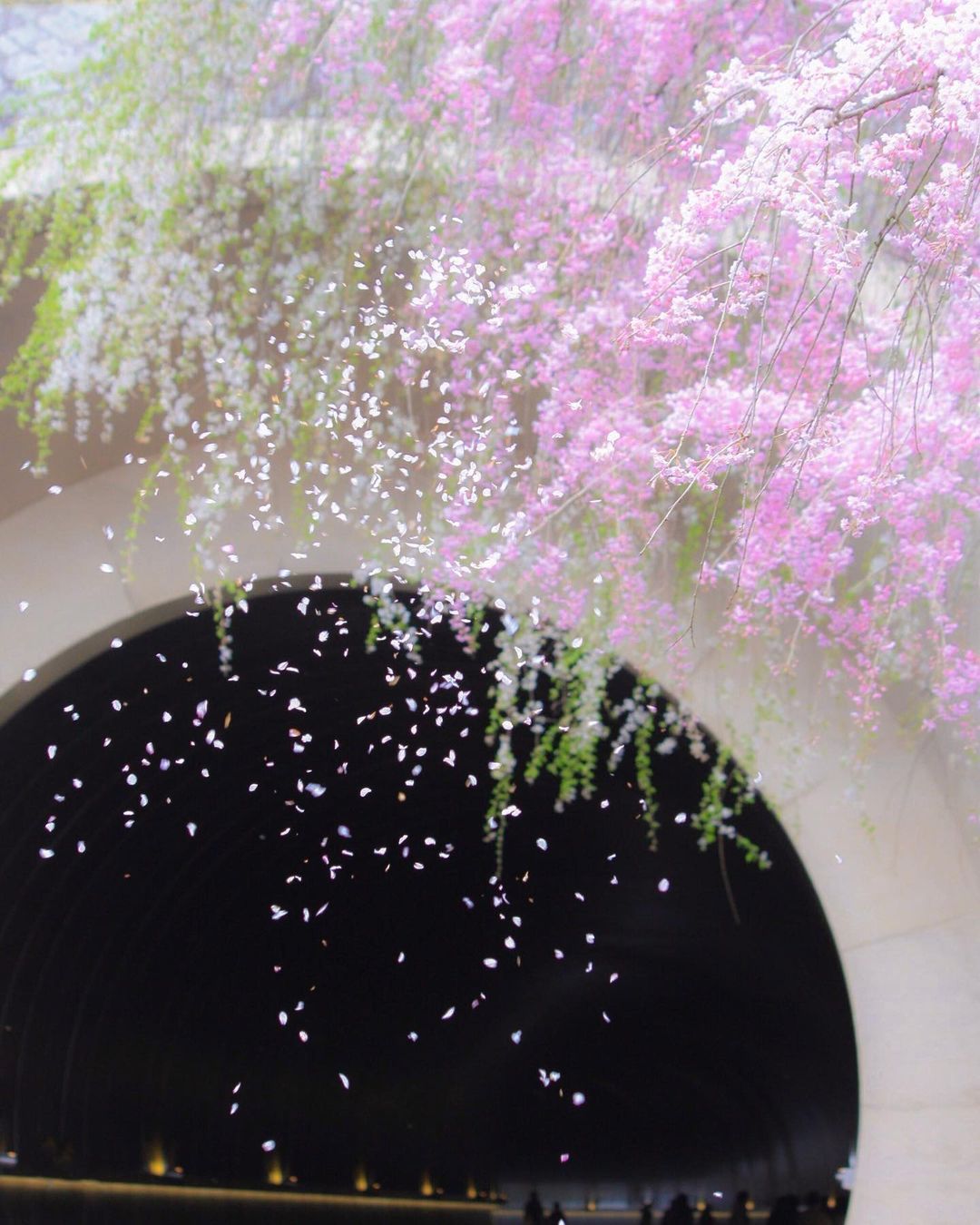
Image credit: @kanarintan
Come spring and the museum becomes a hot spot for flower viewing. When it’s peak sakura season, weeping cherry blossom trees in full bloom line the suspension bridge that’s at the end of the tunnel. After crossing the suspension bridge, guests will find themselves at the exhibition hall.
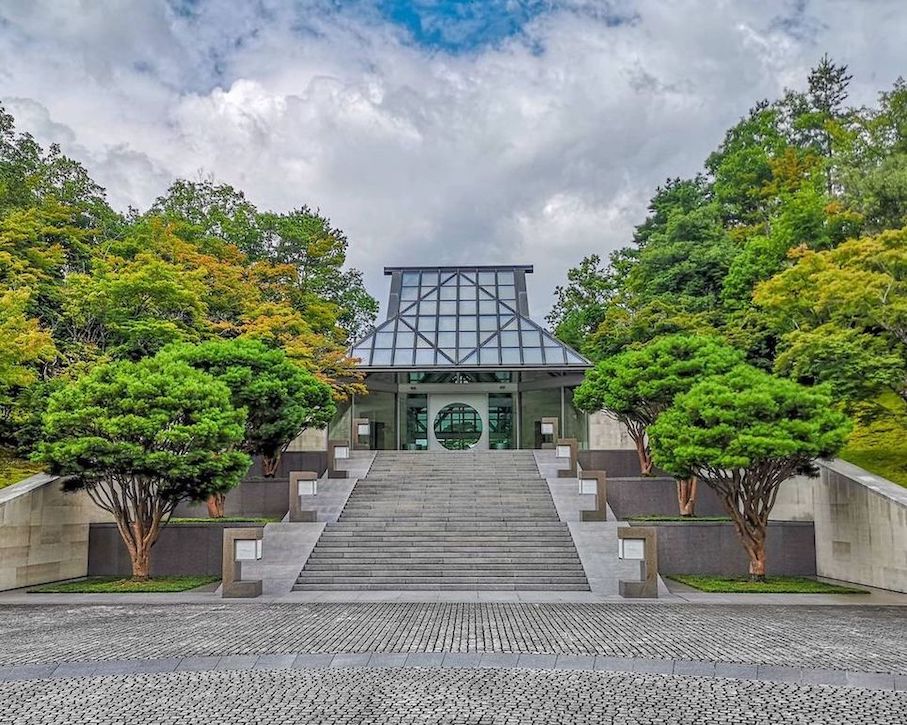
Image credit: @tottndp
The museum is often closed for an extended period, so do check their website for the latest updates and opening times.
Address: 300 Momodani Tashiro Shigaraki, Koka, 529-1814, Shiga
Opening hours: Tue – Sun 10AM-5PM (Closed on Mondays)
Admission: ¥1,100 (~USD10.41)
Telephone: 0748-82-3411
Website
7. The Sand Museum
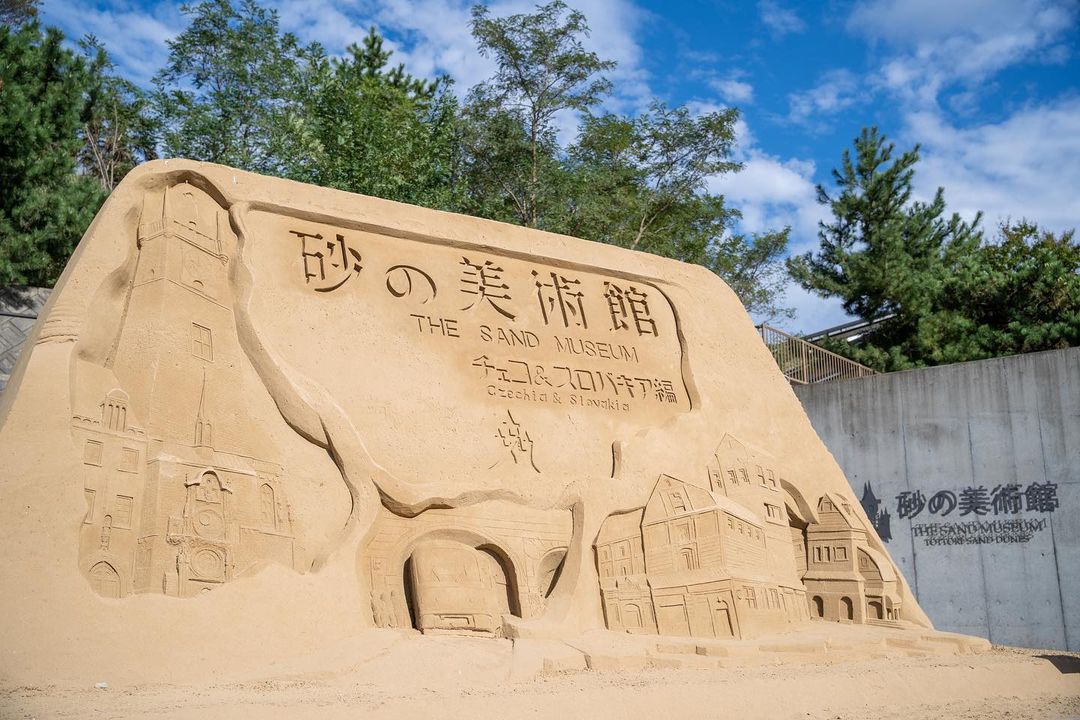
Image credit: @toshiki980811
If there’s one thing Tottori is famous for, it’s sand dunes. That’s why it makes total sense to celebrate the prefectural treasure by dedicating an art museum that’s filled with intricate sand sculptures. Opened in 2006, The Sand Museum is the only indoor art museum in the world that uses sand as material for sculpture work.
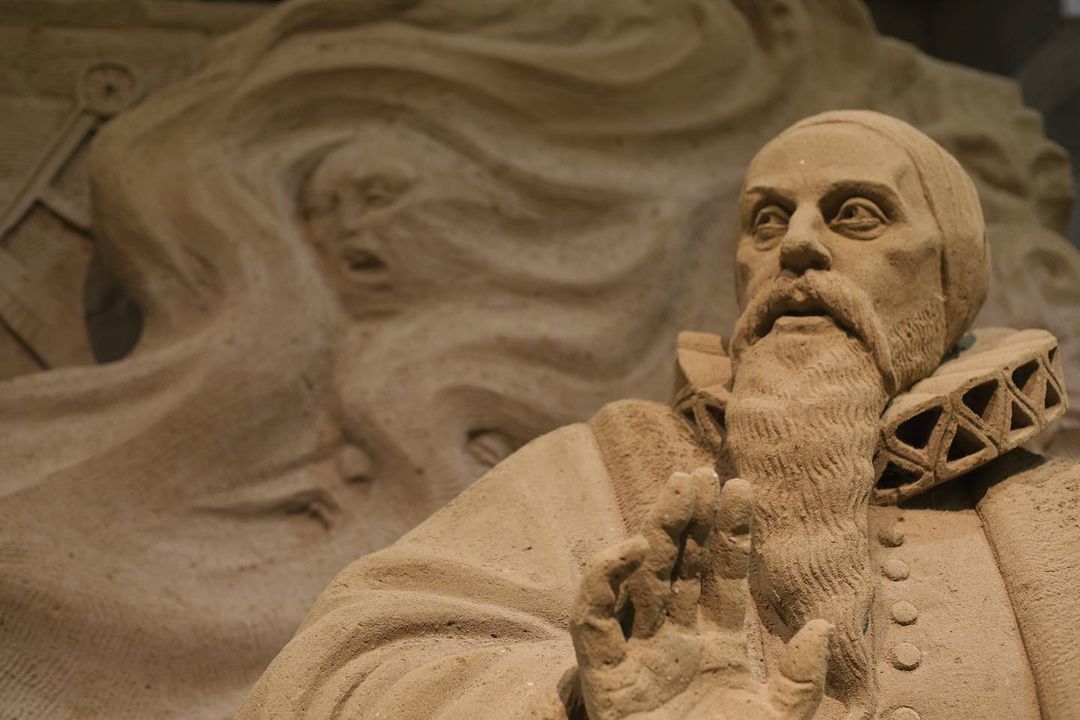
Image credit: @bann0san
As sand sculptures are unable to hold their shape for an extended period and are prone to collapse, each exhibition period is temporary and lasts for less than a year – from April to January. But it’s also owing to the fragile nature of the sand sculptures that new themes are thought of and the sand is given new life annually.
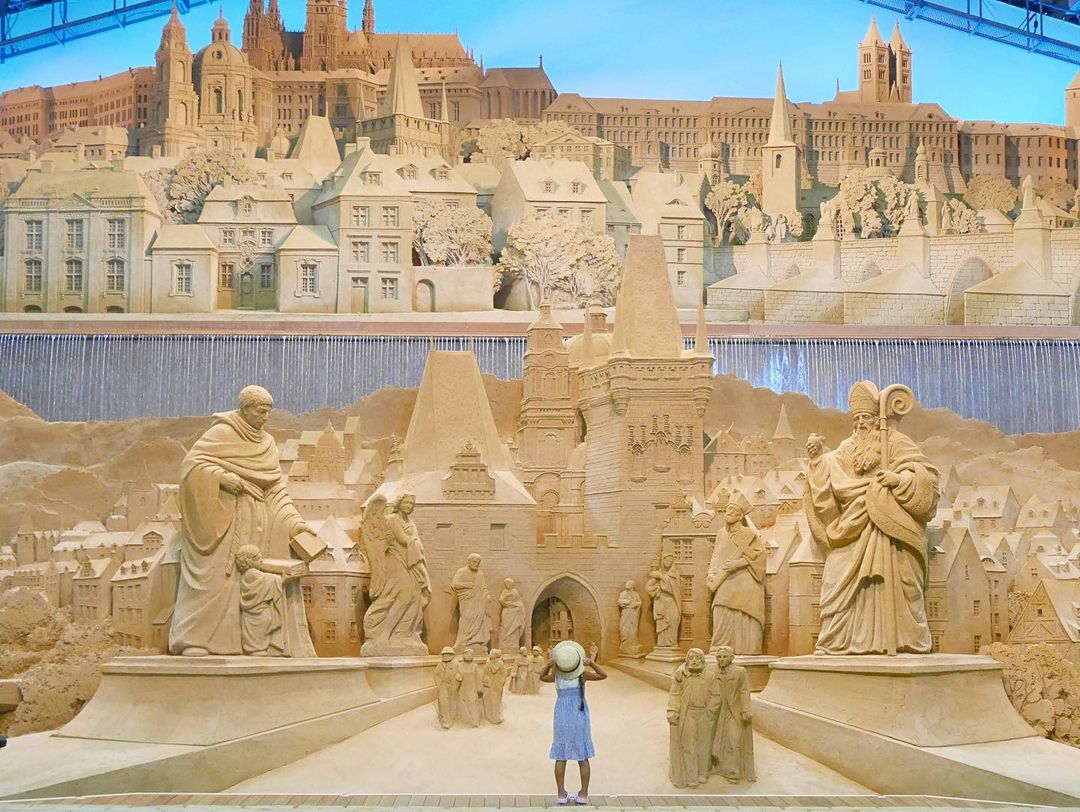
Image credit: @chika0313
As part of the 13th exhibition, professional sand sculptor Chaen Katsuhiko, as well as experts from all over the world, were gathered and commissioned to create new sculptures. The exhibition centres on the history of the Czech Republic and Slovakia, and runs from 1st March 2021 to 3rd January 2022.
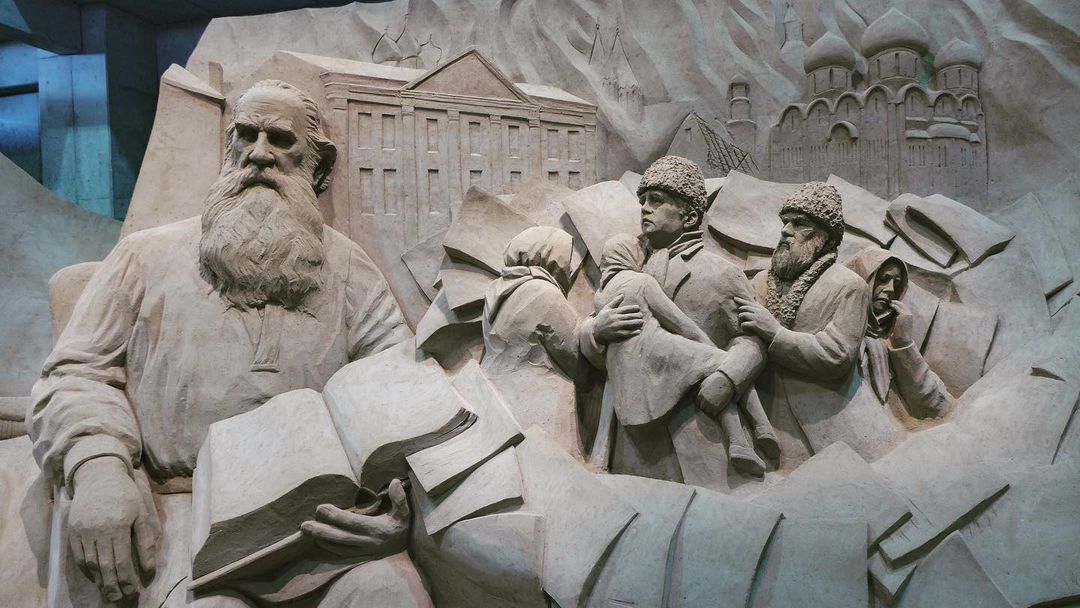
Image credit: @szk256
Opening hours are also subject to change depending on COVID-19 regulations, so do check their official website for the latest updates.
Address: 2083-17 Fukubecho Yuyama, 689-0105, Tottori
Opening hours: Mon – Fri & Sun 9AM-4PM | Sat 9AM-6PM
Admission: ¥600 (~USD5.70) for adults and ¥300 (~USD2.85) for high school, junior high, and elementary school students
Telephone: 0857-20-2231
Website
8. Omiya Bonsai Art Museum
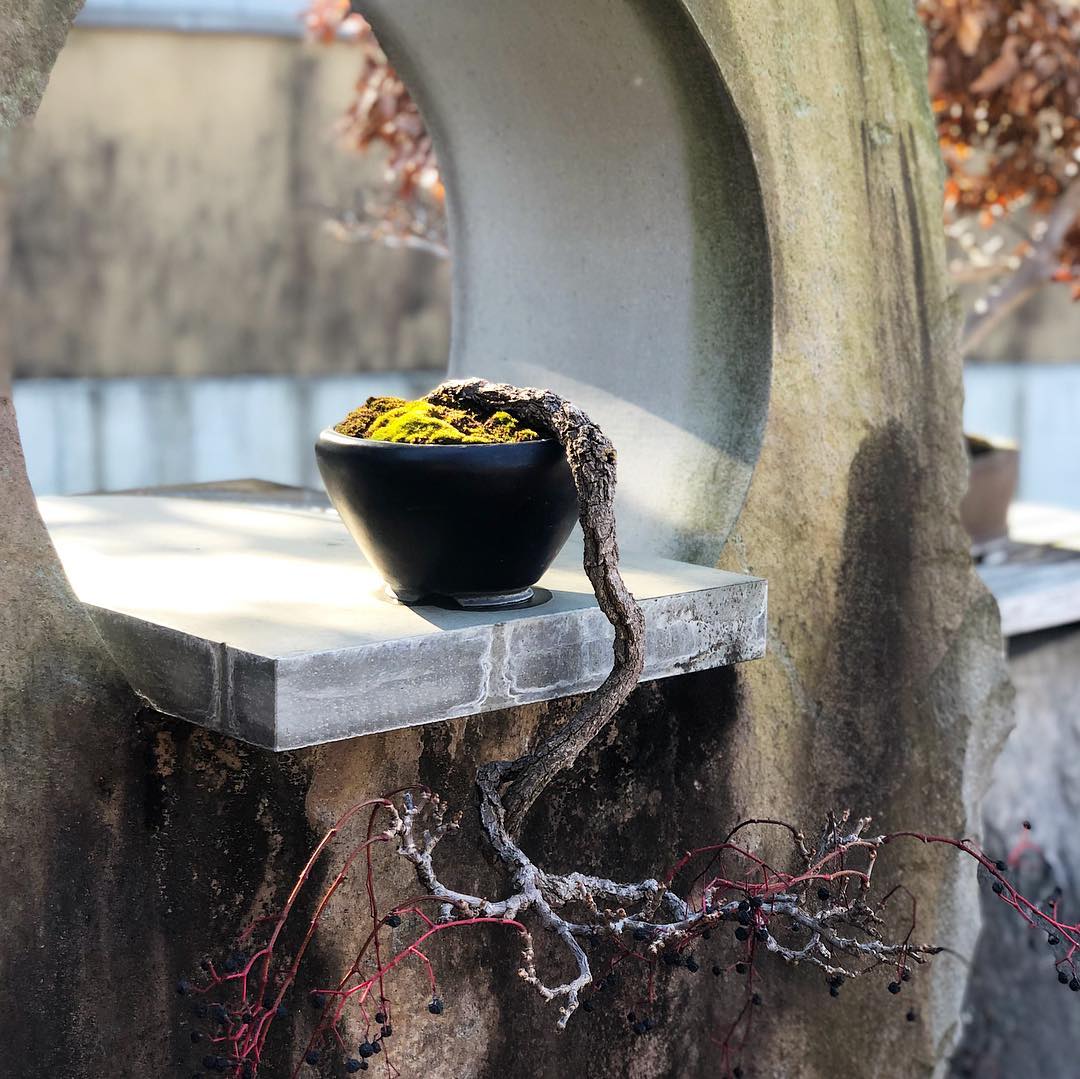
Image credit: @_slooooth
Located in Saitama City, Omiya Bonsai Art Museum was opened in 2010 with the intention of promoting the art of bonsai (盆栽; traditional Japanese miniature potted plants). The humble two-storey museum houses a fine collection of world-class bonsai masterpieces, alongside historical materials and documents about the Japanese art form.
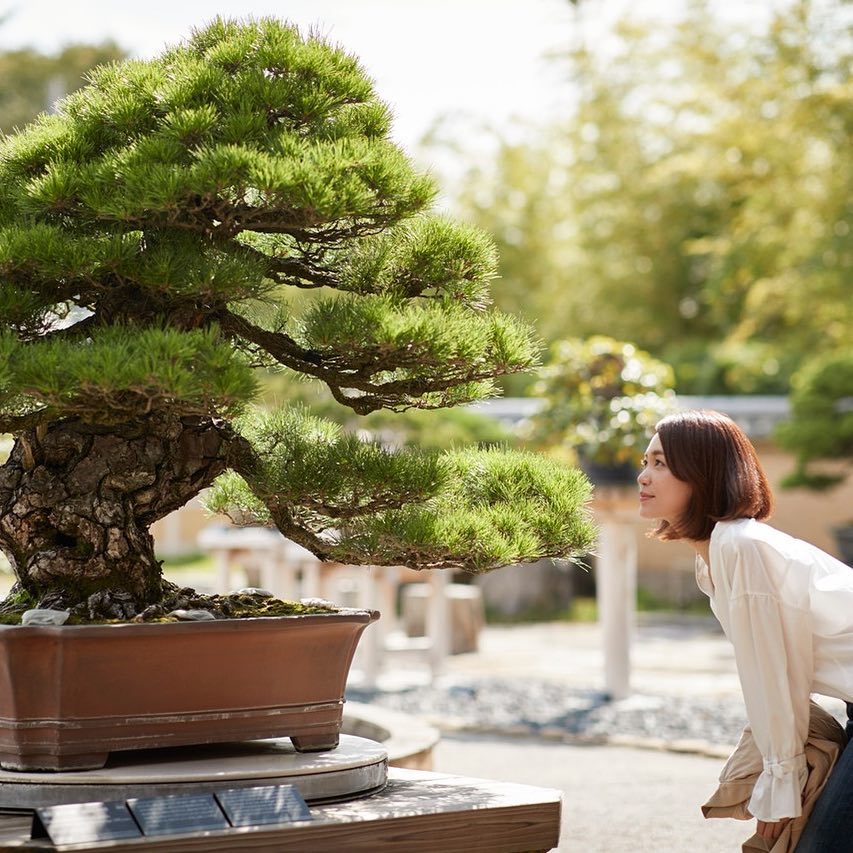
Chiyo-no-matsu.
Image credit: @metropolitan.saitamashintoshin
Upon entering the premises, you’ll find up to 50 bonsai plants on display in the garden, with some that are more than 500 years old. Look out for the chiyo-no-matsu, the Japanese Five Needle Pine that is one of the largest of the lot. According to the museum, they’ve placed the bonsai on a turntable to ensure that every part of the plant receives adequate sunlight.
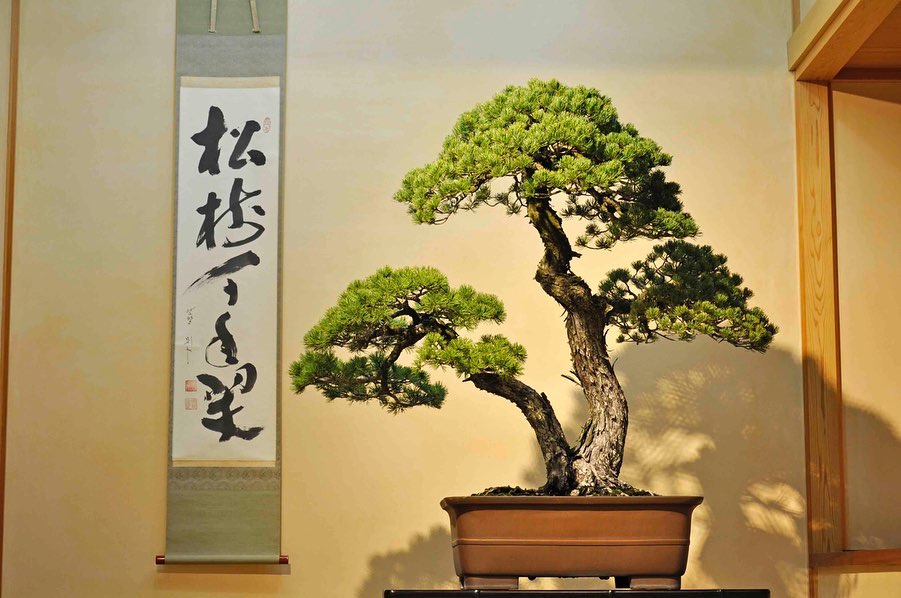
Image credit: @omiyabonsaiartmuseum
Situated right next to the garden is the Collection Gallery, where everything you need to know about bonsai – from the selection of suiseki (水石; viewing stone) to comprehensive historical materials – are on display. There are even three tokonoma (床の間), small tatami rooms that are traditionally used to display art, where guests can enter and admire the bonsai.
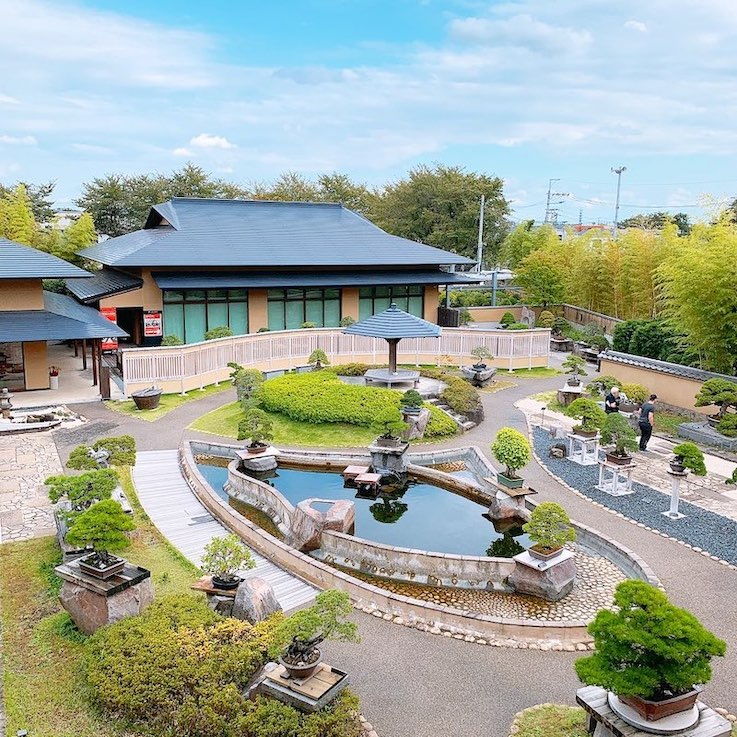
Image credit: @bariimarii
Finally, to get a bird’s eye view of the garden and complete your visit, head over to the terrace on the second floor.
Address: 2-24-3 Toro-cho, Kita Ward, Saitama City, 331-0804, Saitama
Opening hours: Fri – Wed 9AM-4.30PM (Mar-Oct) (Closed on Thursdays) | Fri – Wed 9AM-4PM (Nov-Feb) (Closed on Thursdays and 29th Dec-3rd Jan)
Admission: ¥310 (~USD2.94) for adults; ¥150 (~USD1.42) for high school students, university students, and adults over 65 years old; ¥100 (~USD0.95) for junior high school and elementary school students
Telephone: 0487-80-2091
Website
9. Tomihiro Art Museum
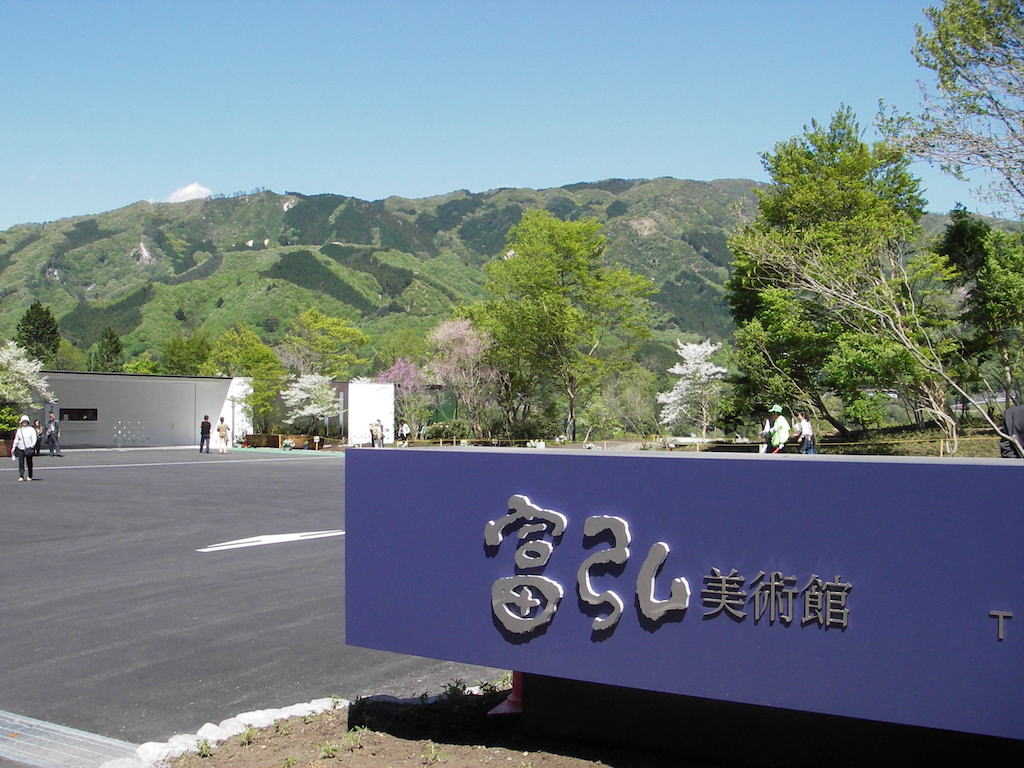
Image credit: Tomihiro Art Museum
Tomihiro Art Museum features a collection of works by Tomihiro Hoshino, a Japanese tetraplegic painter and poet who draws and writes with a paintbrush in his mouth.
Tomihiro Hoshino was a promising young physical education teacher until an accident in his early 20s left him paralysed from the neck down. After his life-changing accident, Hoshino found painting and writing poetry as a way of coping and expressing himself.
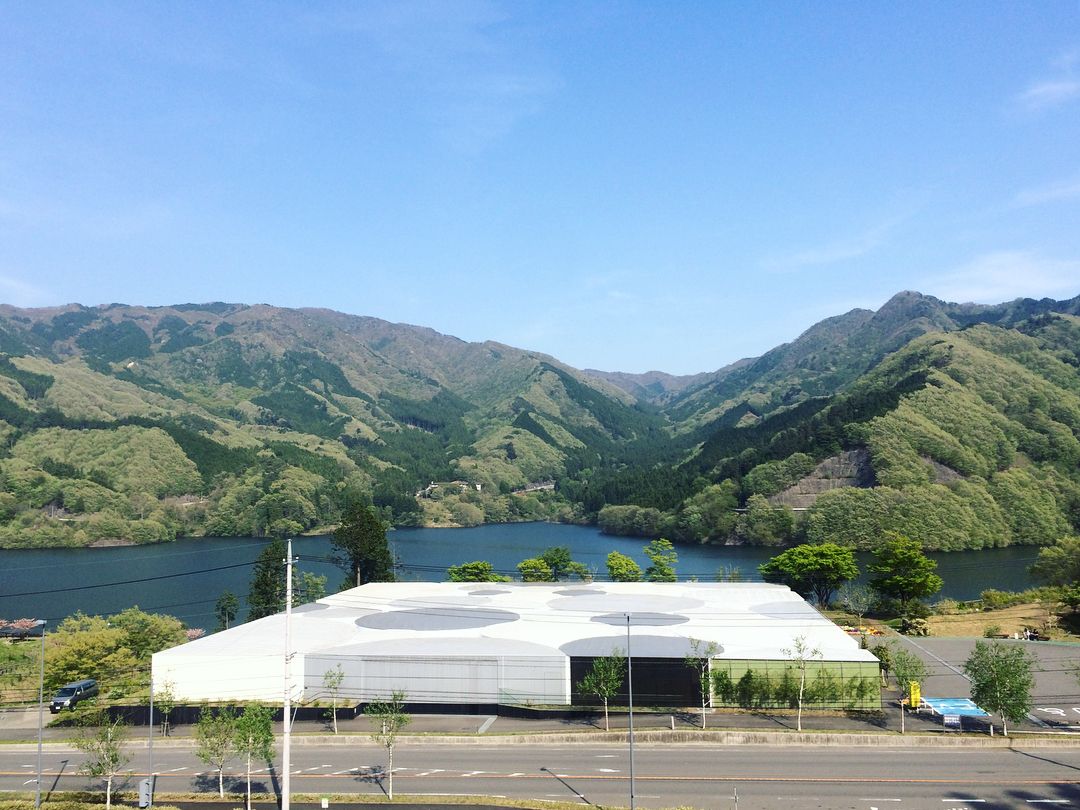
Image credit: @e_takuro
The collection of works housed in the museum are mostly paintings of flowers, accompanied by Hoshino’s poetry. His writing has touched the hearts of many in Japan and today, it continues to be a source of inspiration and comfort. That’s why, despite the remote mountainous location of Tomihiro Art Museum, the museum continues to draw visitors from all over the country.
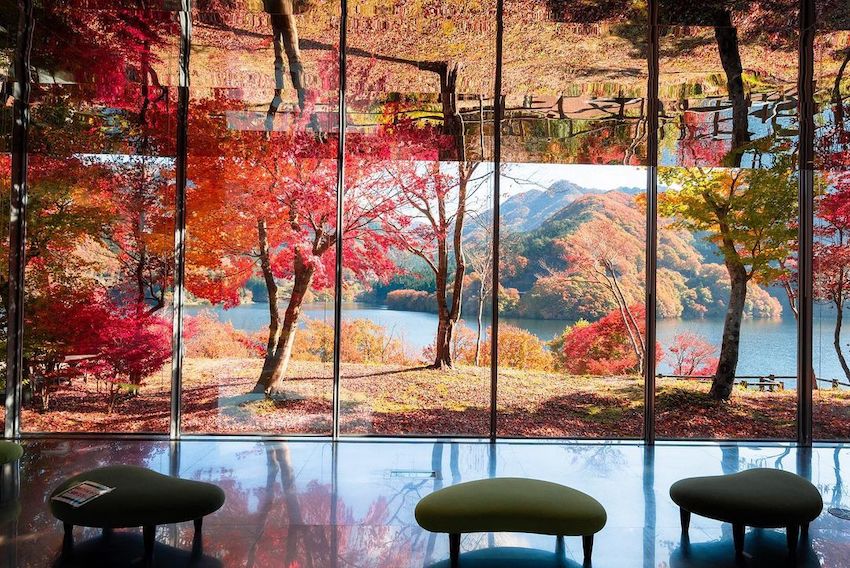
Image credit: @midori_city_official
In addition to the exhibition rooms, which display the artist’s life work, the museum has numerous rooms in which you can just sit down and enjoy gorgeous views of the surrounding mountains.
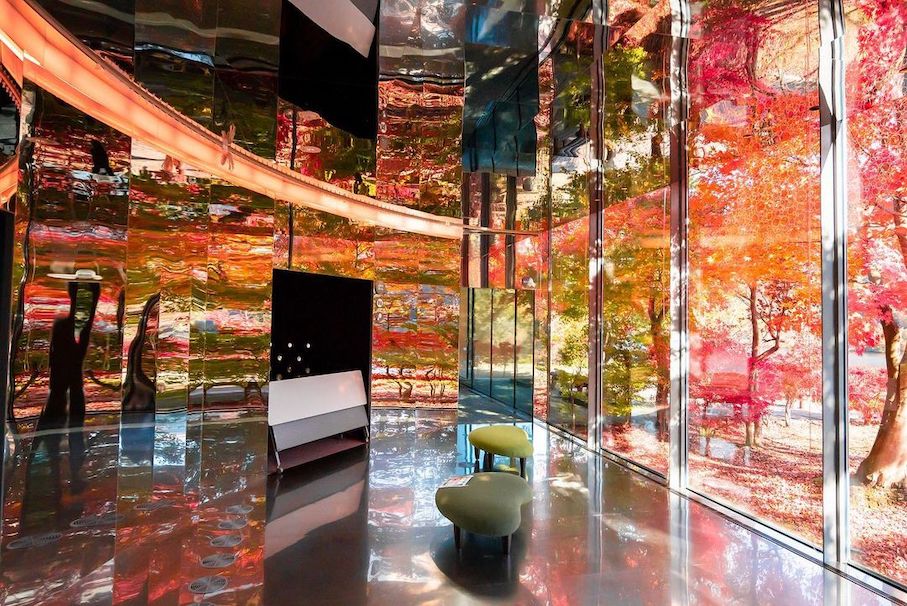
Image credit: @midori_city_official
The museum’s opening hours may be subject to change due to the pandemic. Please check their website for the latest updates if you’re keen on visiting.
Address: 86 Azumachokusagi, Midori, 376-0302, Gunma
Opening hours: 9AM-5PM, Daily (Apr-Nov) | Tue – Sun 9AM-5PM (Dec-Mar) (Closed on Mondays and 26th Dec-4th Jan)
Admission: ¥520 (~USD4.95) for adults, ¥310 (~USD2.95) for junior high school and elementary school students, and free for children
Telephone: 0277-95-6333
Website
10. The Sumida Hokusai Museum
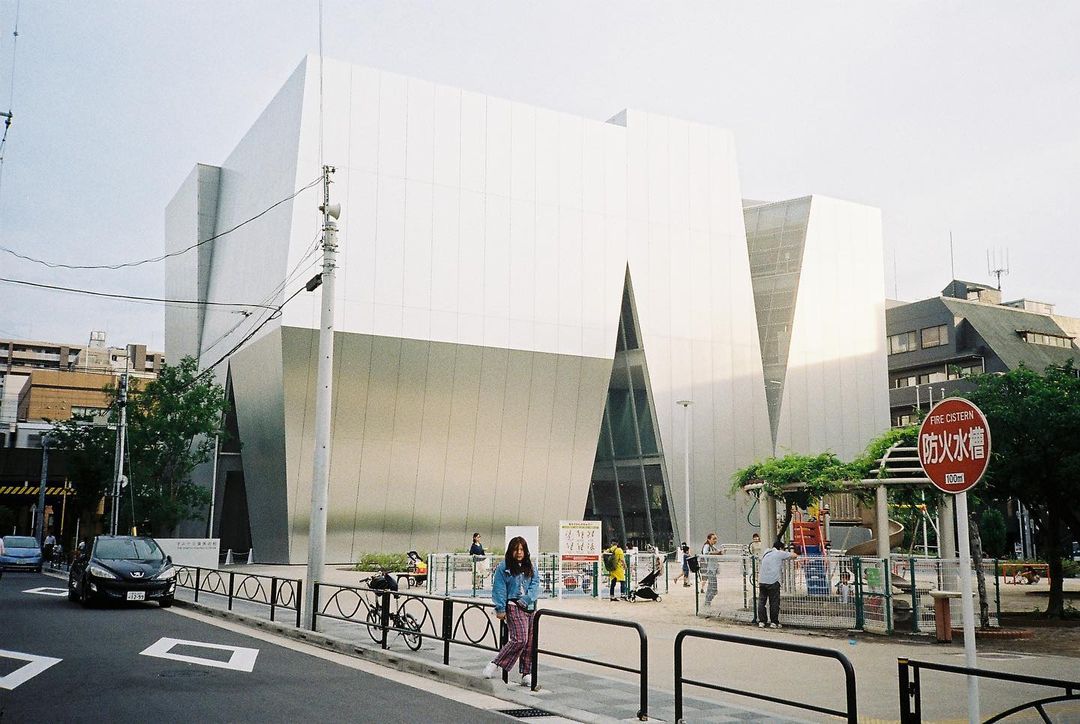
Image credit: @06.15.25
Dedicated to Katsushika Hokusai, one of the most celebrated ukiyo-e (woodblock prints) artists in the world, The Sumida Hokusai Museum boasts an extensive collection of the artist’s masterpieces. It opened in 2016 and is located in Sumida Ward, which is where the prolific artist was born and spent most of his life.
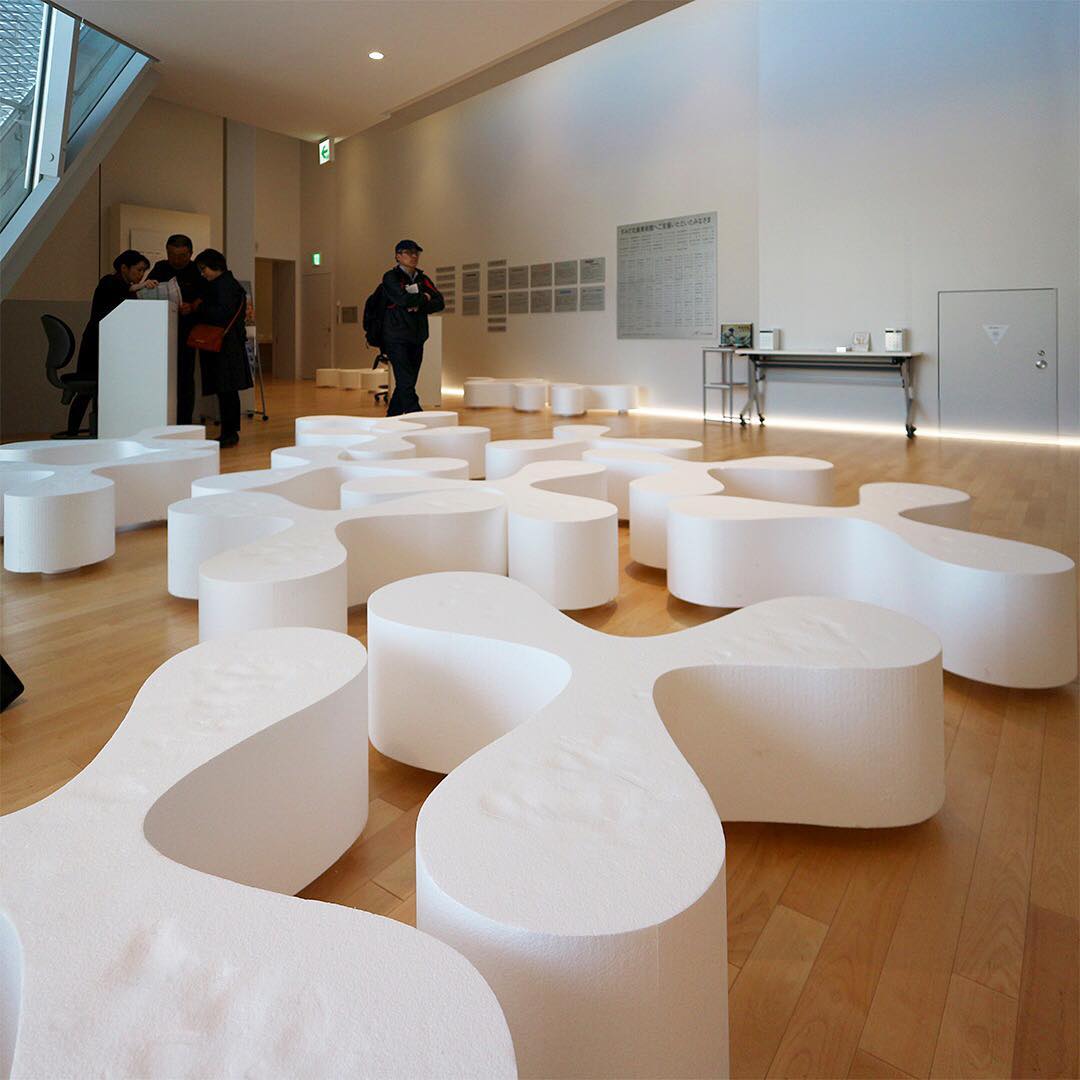
Image credit: @todoroky_
From time to time, the museum holds special exhibitions that are curated with a certain theme in mind. Naturally, a wide range of Hokusai’s works is typically featured in these temporary exhibitions. Previously in 2020, an exhibition titled Hokusai: The Teacher-Student Showdown! places similar paintings done by Hokusai and his disciples. Visitors were invited to compare the works.
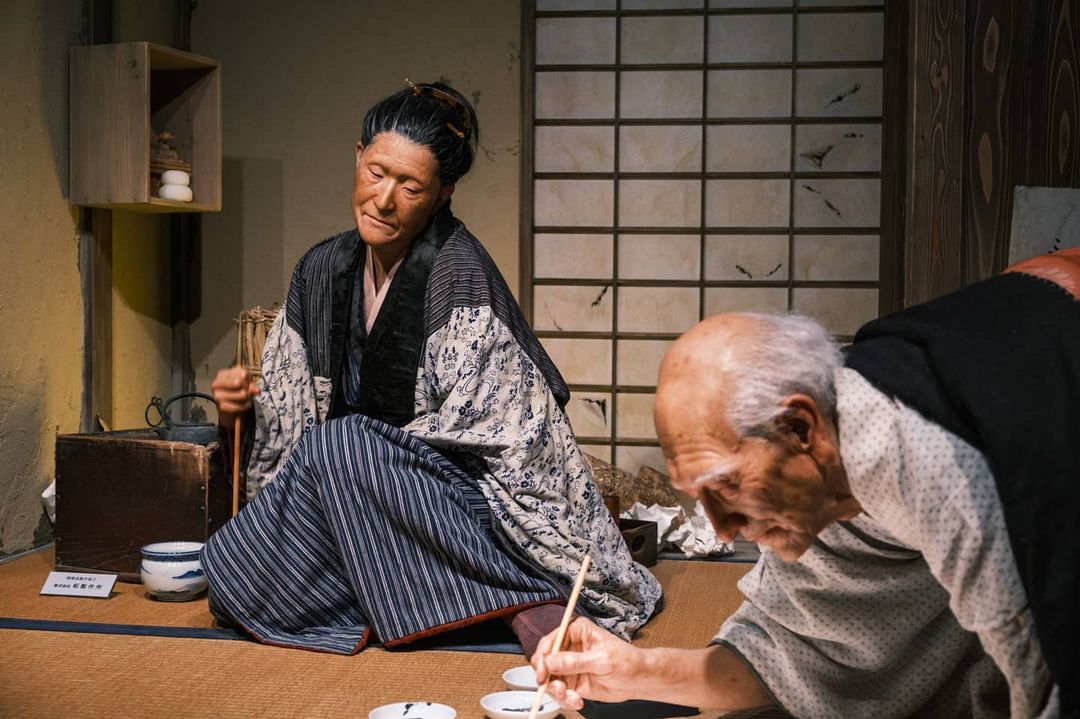
Image credit: @senchan_0323
The museum’s permanent exhibition room, AURORA, introduces Hokusai’s biography and displays high-definition replicas of the original artworks. If you’d like to dive deeper into his life, visit the museum shop and library, where you can find books about ukiyo-e and the revered artist.
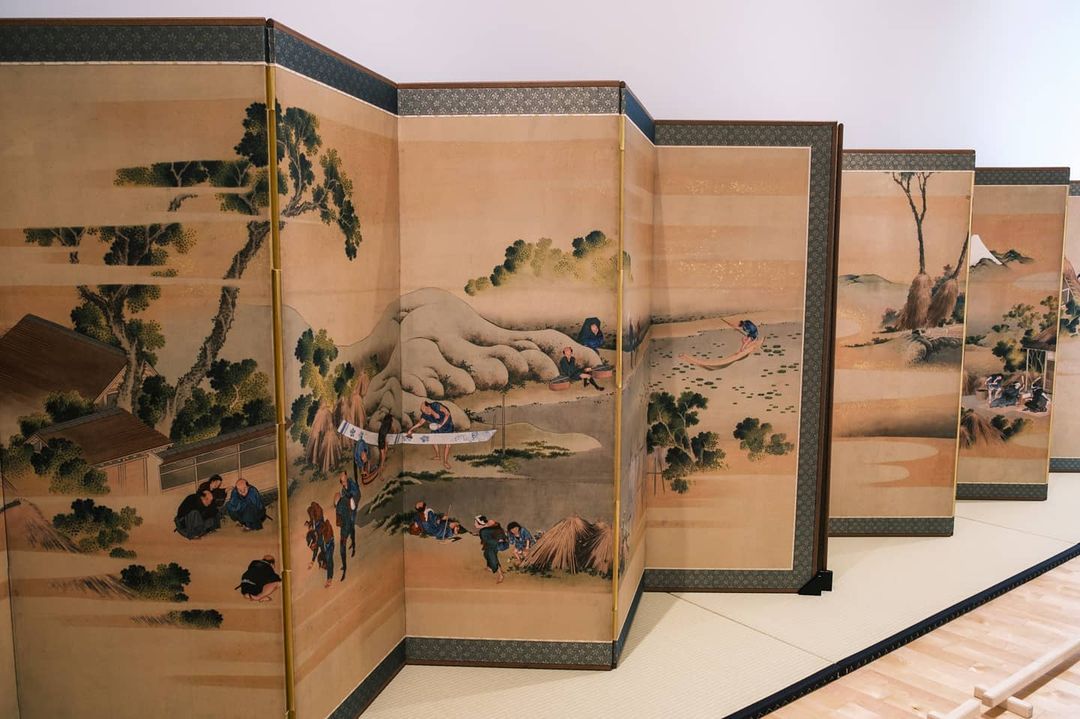
Image credit: @senchan_0323
Address: 2 Chome-7-2 Kamezawa, Sumida City, 130-0014, Tokyo
Opening hours: Tue – Sun 9.30AM-5.30PM (Closed on Mondays and 29th Dec-1st Jan)
Admission: ¥400 (~USD3.81) for adults, ¥300 (~USD2.86) for high school students, vocational school students and seniors
Telephone: 0366-58-8936
Website
Art museums in Japan to visit
With so many hidden gems that are offering exquisite collections and art pieces, getting your dose of art in Japan is easy. Immerse yourself in the local art scene by spending a leisurely afternoon in these art museums in Japan.
For more places to visit in Japan, check out:
- Oldest restaurants in Japan
- Suganuma Village
- Bakeries in Tokyo
- Traditional ryokan where you can have cats as roommates
- Kyoto cafes housed in heritage buildings
Cover image adapted from: @thehakoneopenairmuseum, @omiyabonsaiartmuseum, @bann0san, and @now_se
